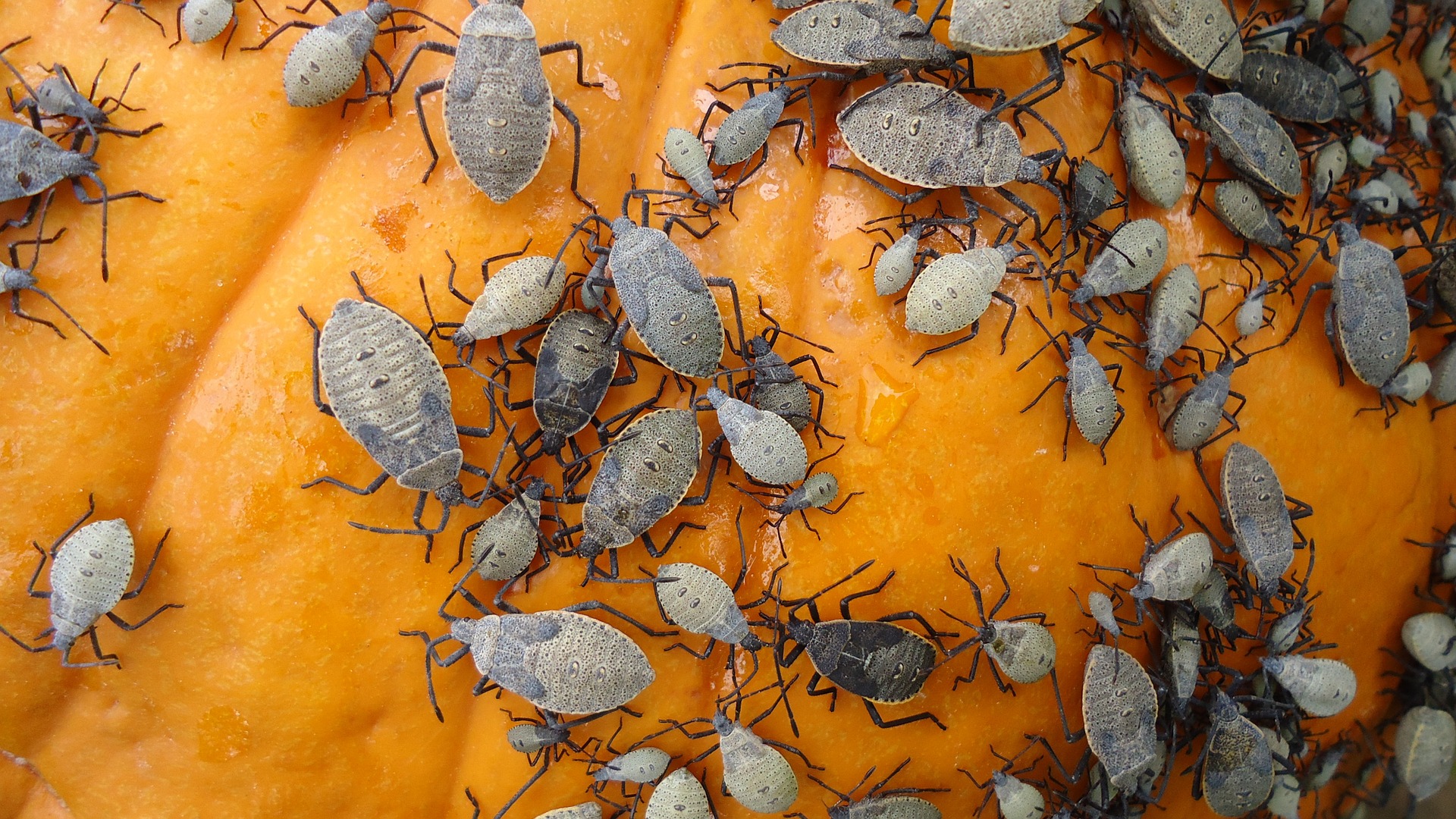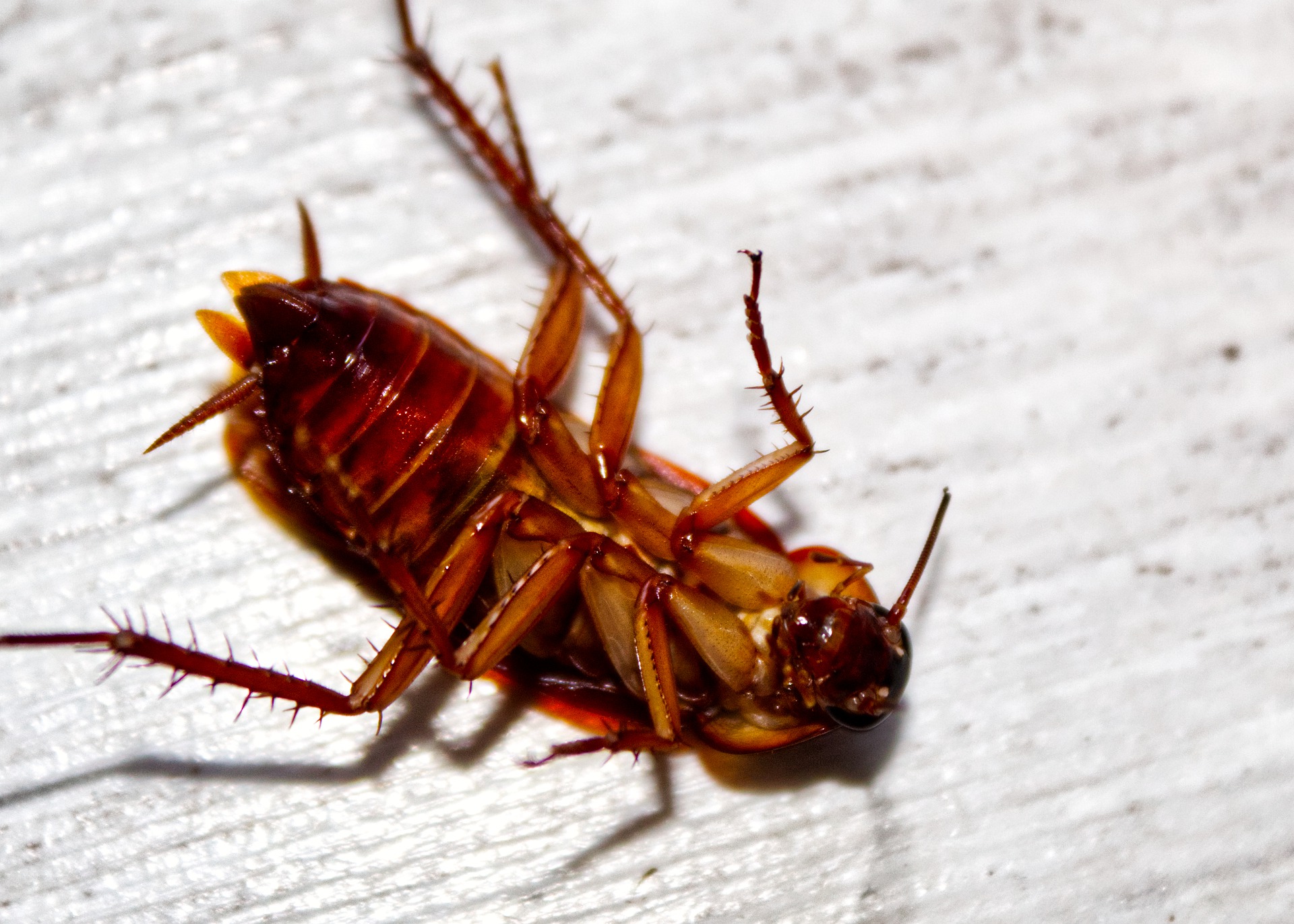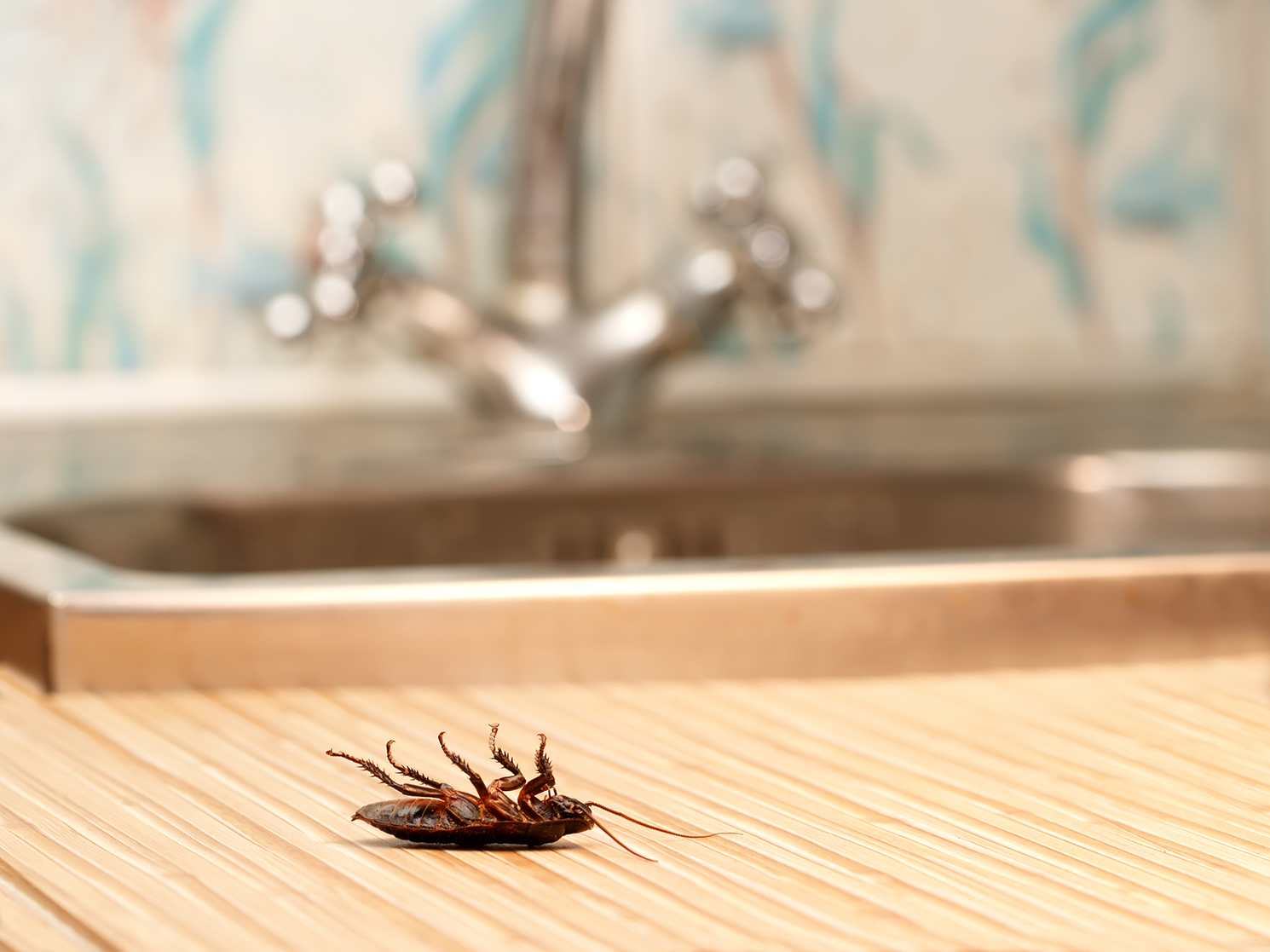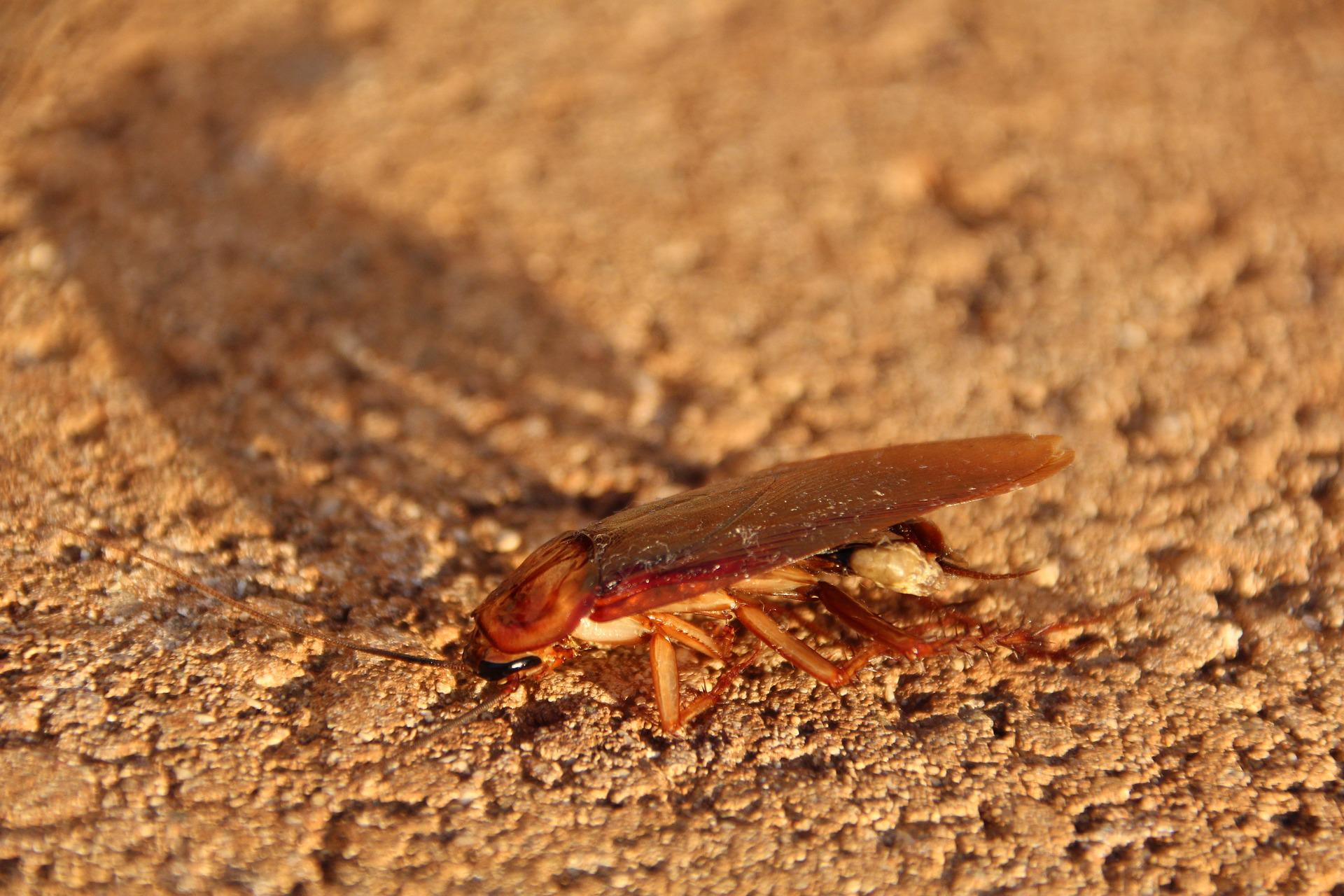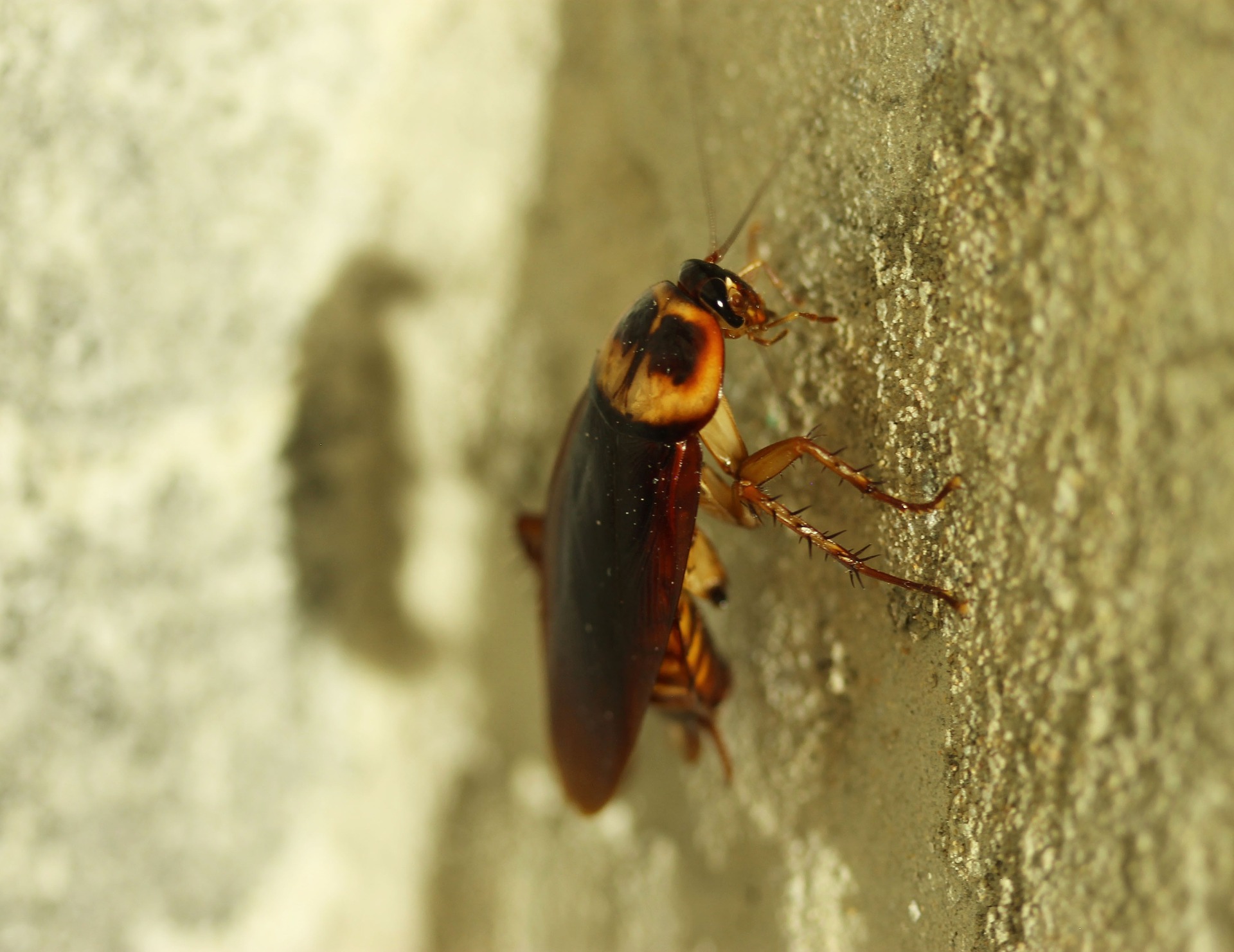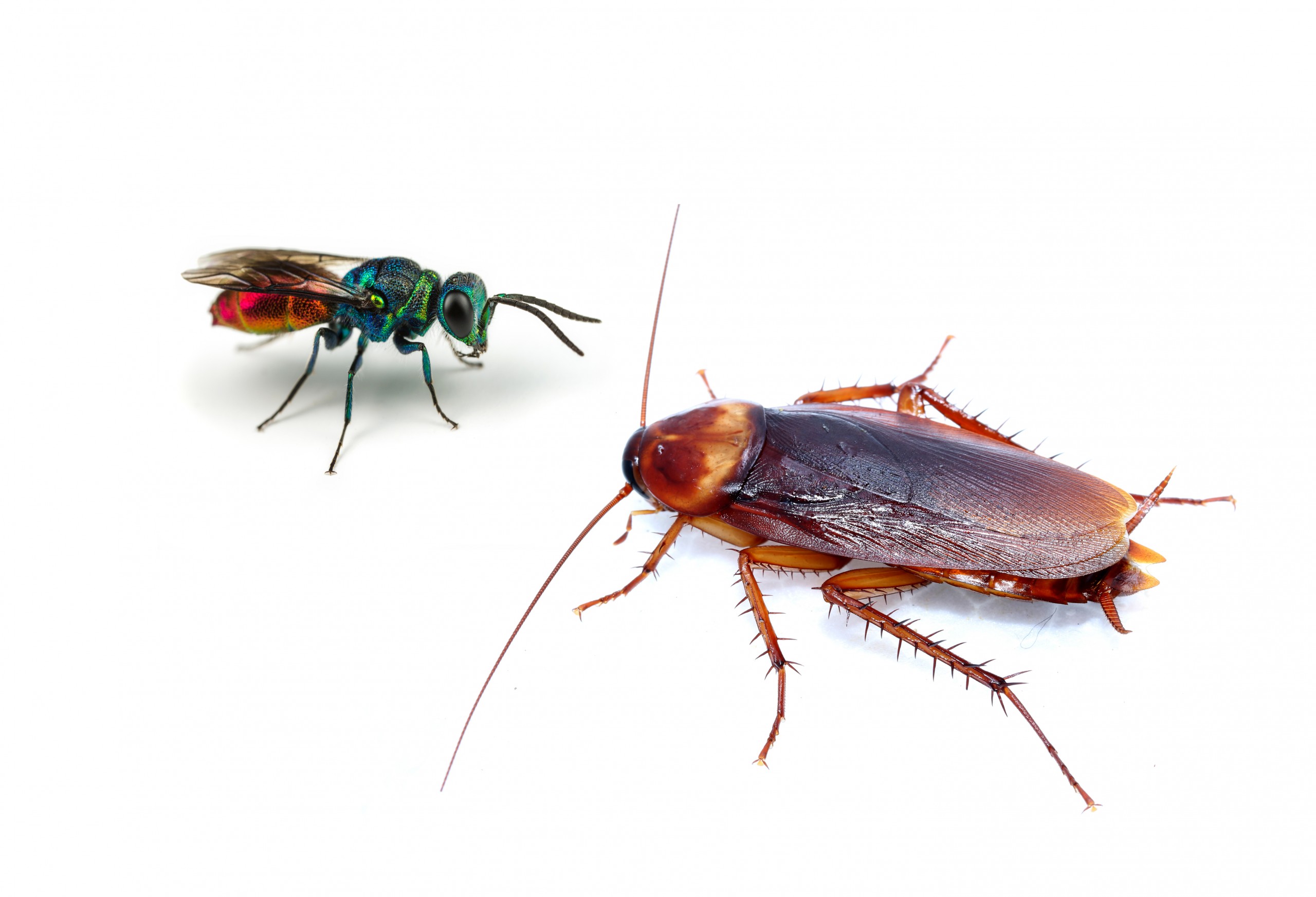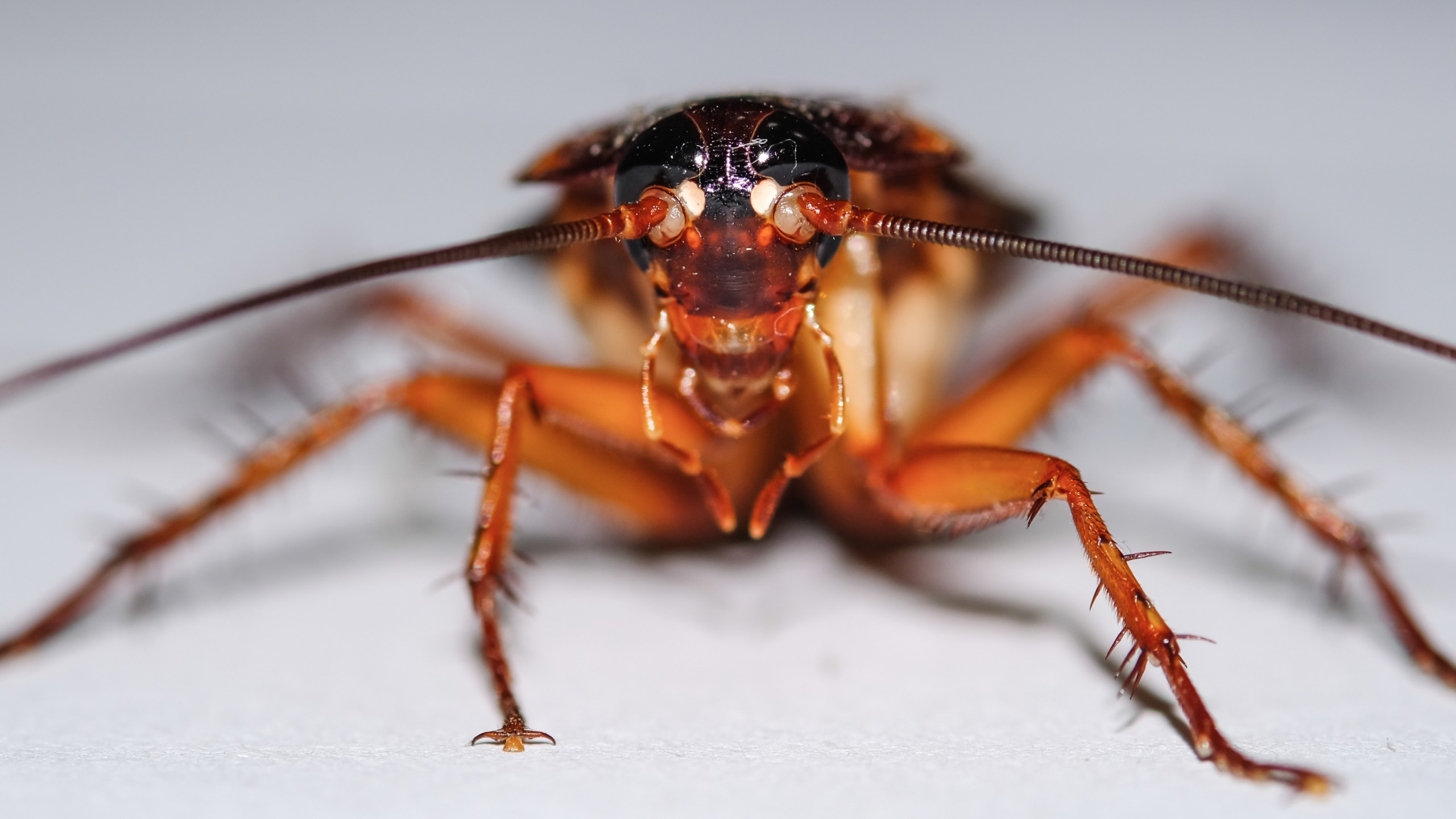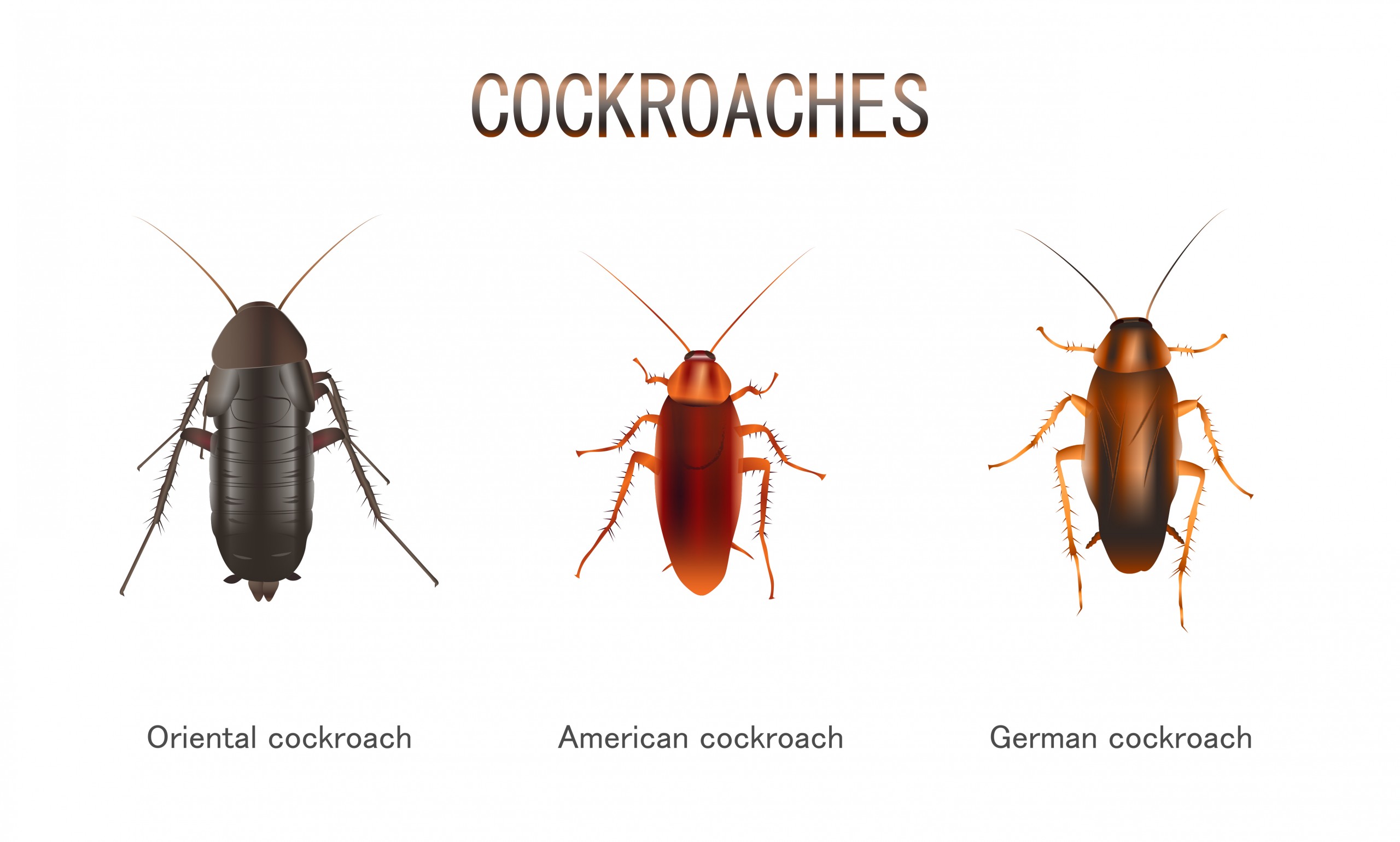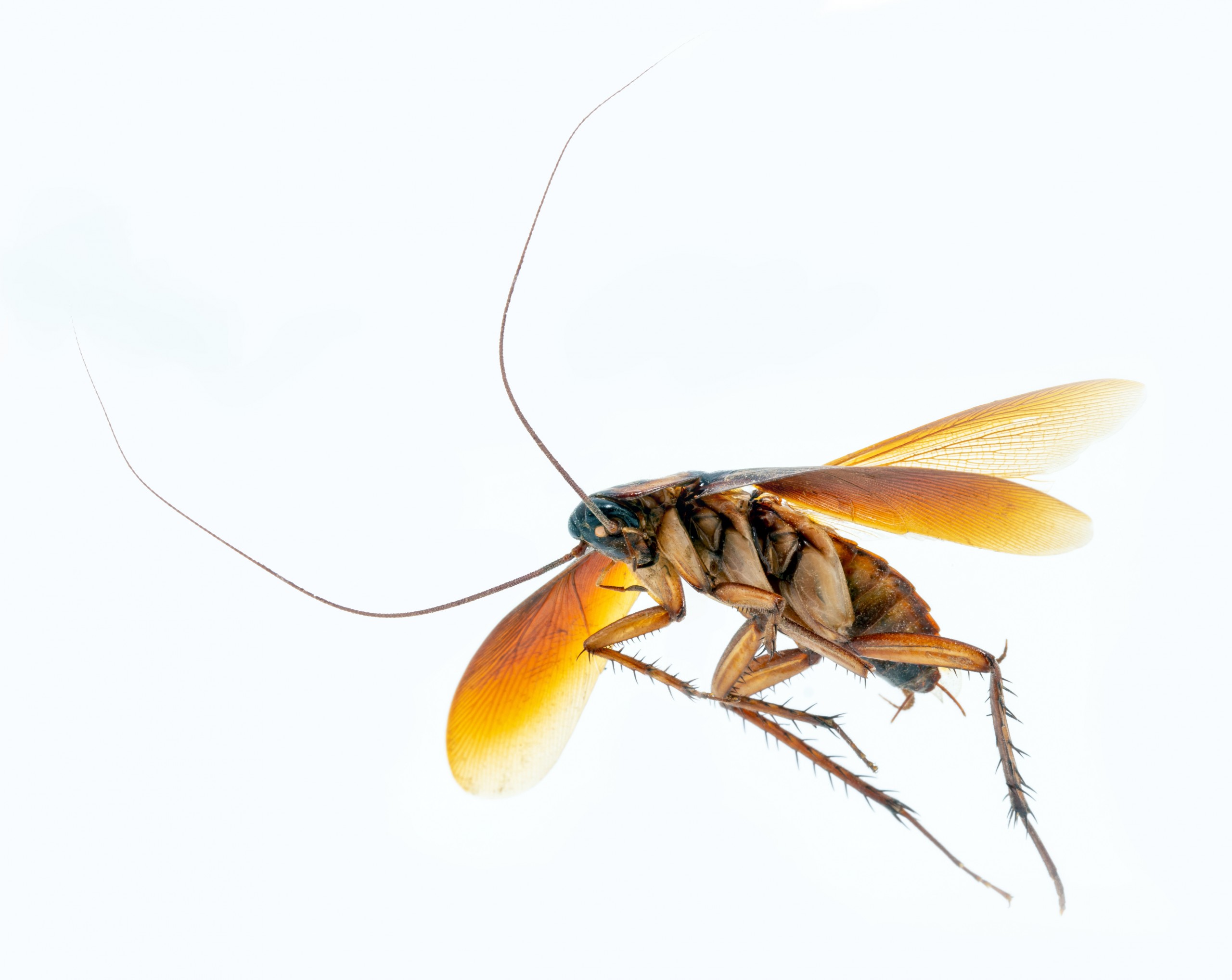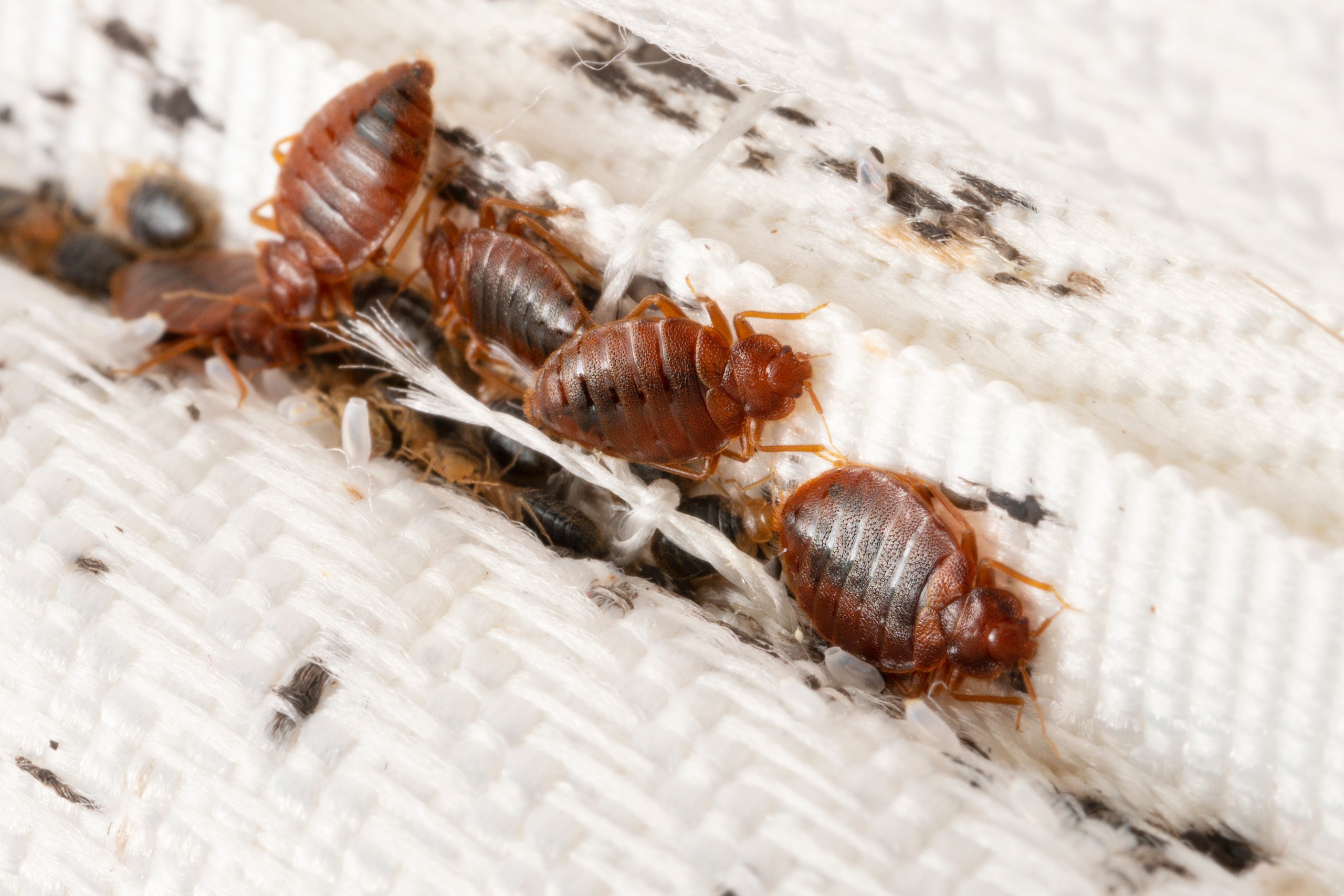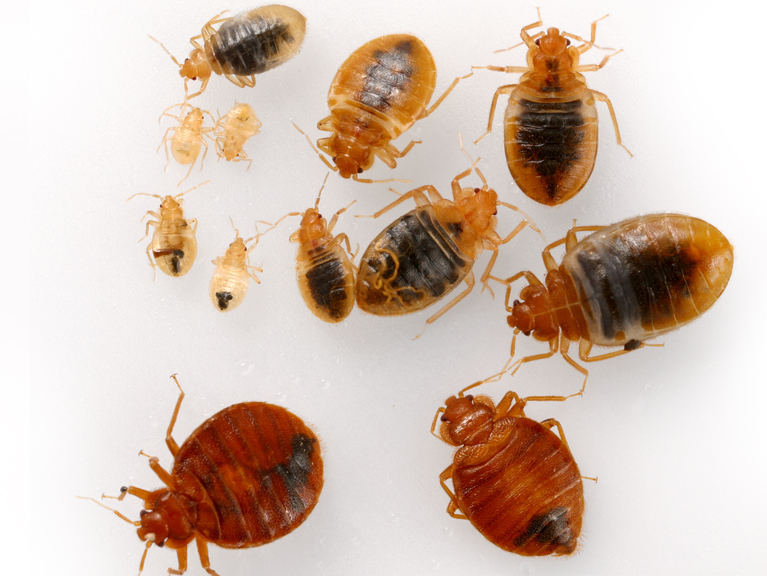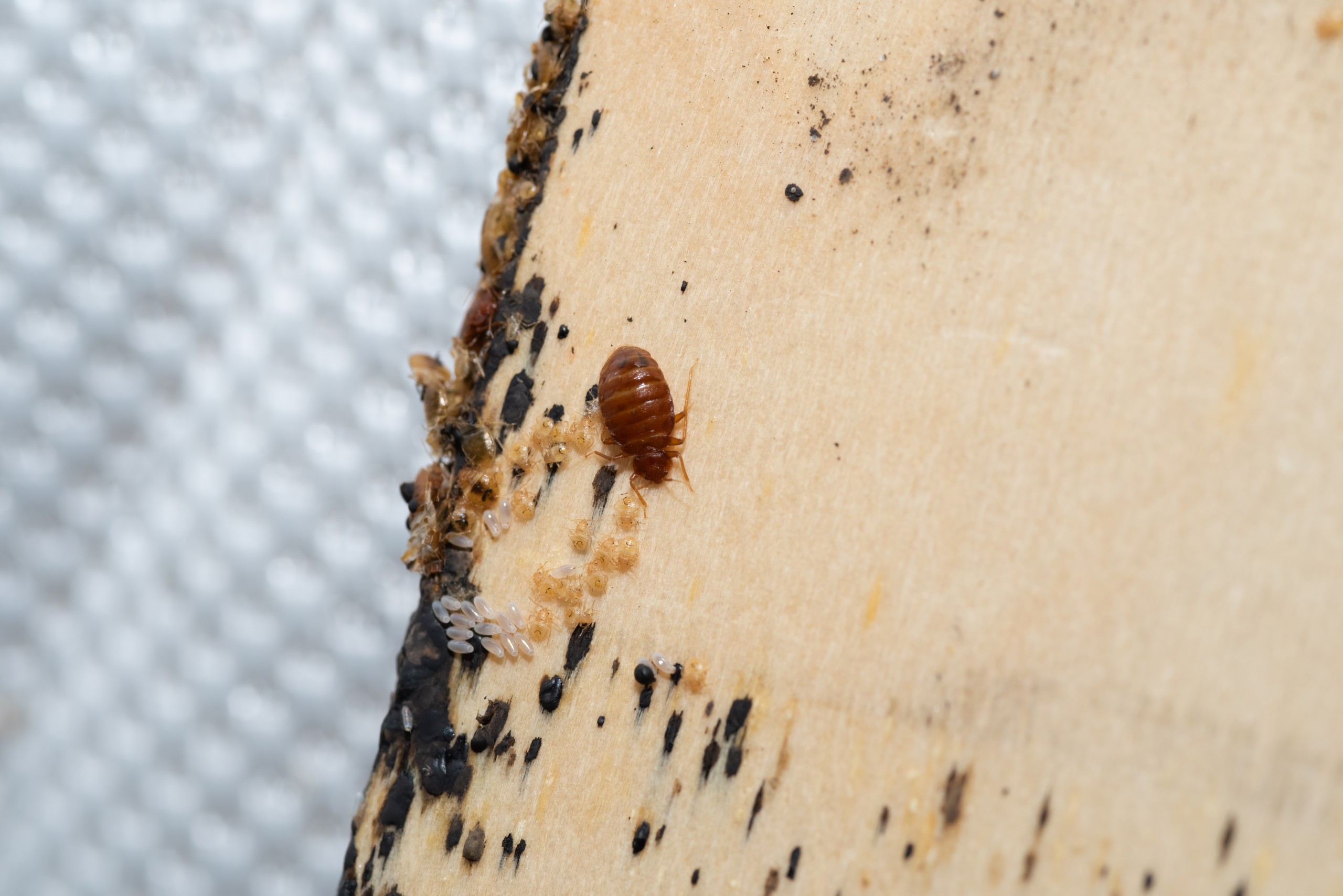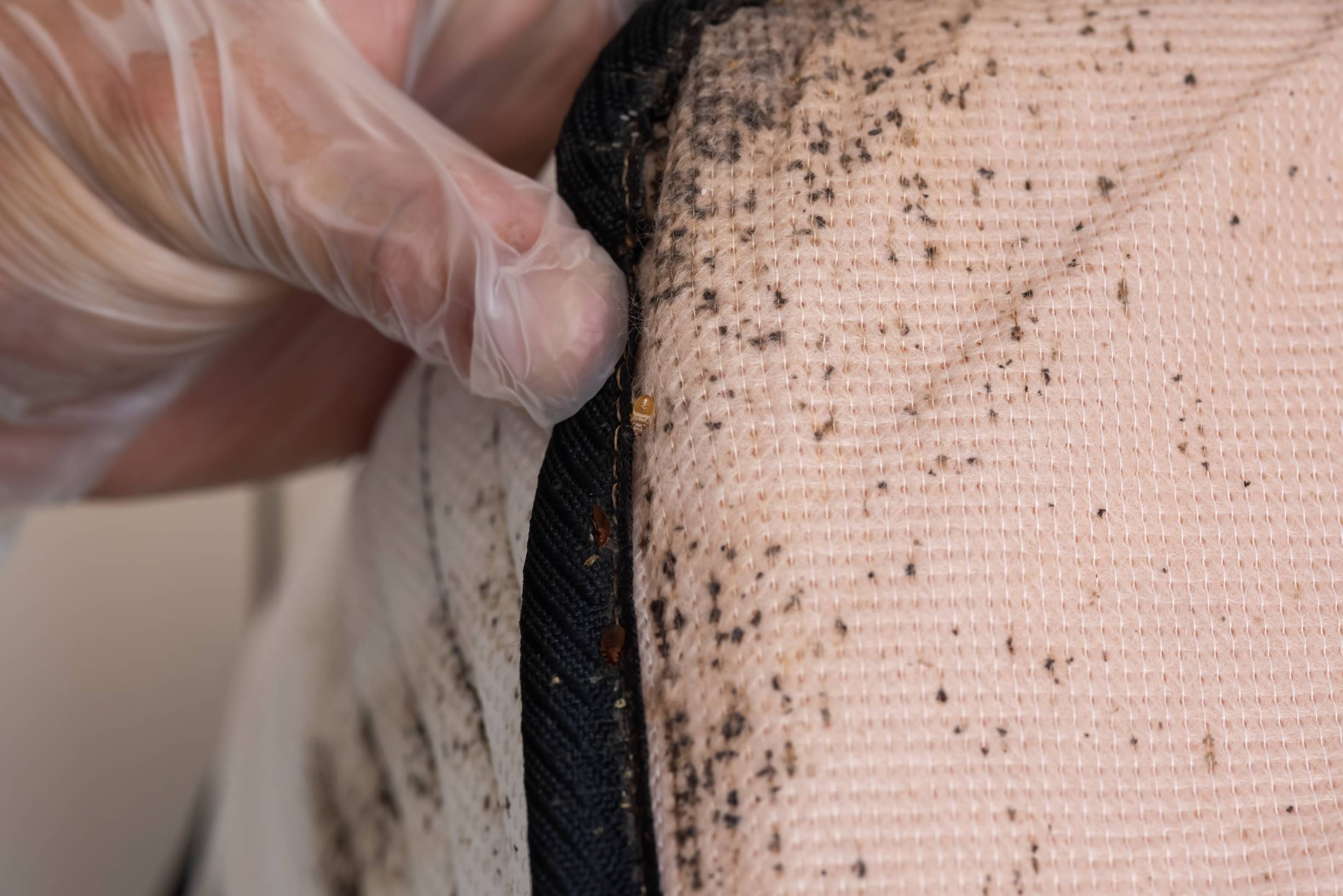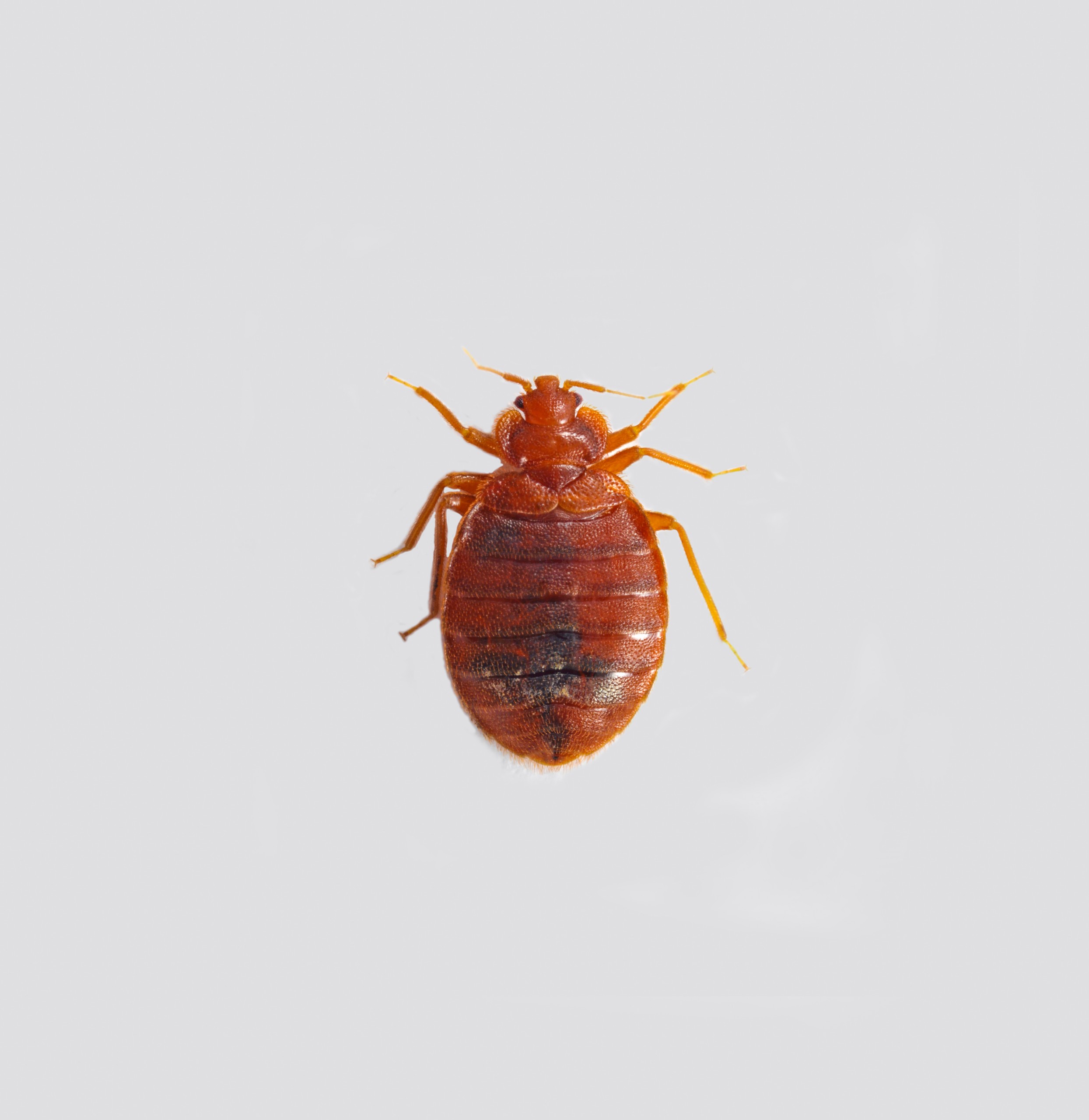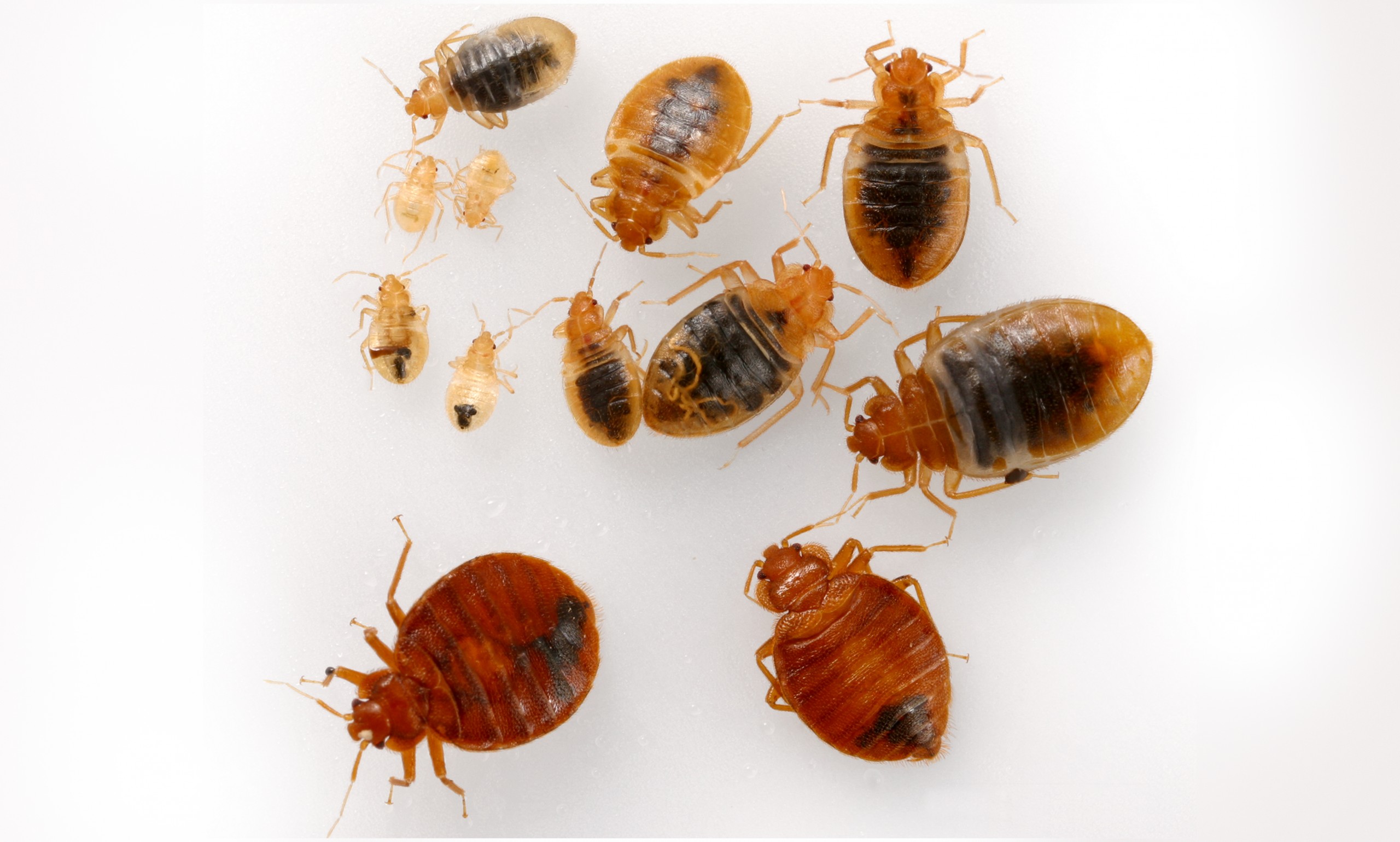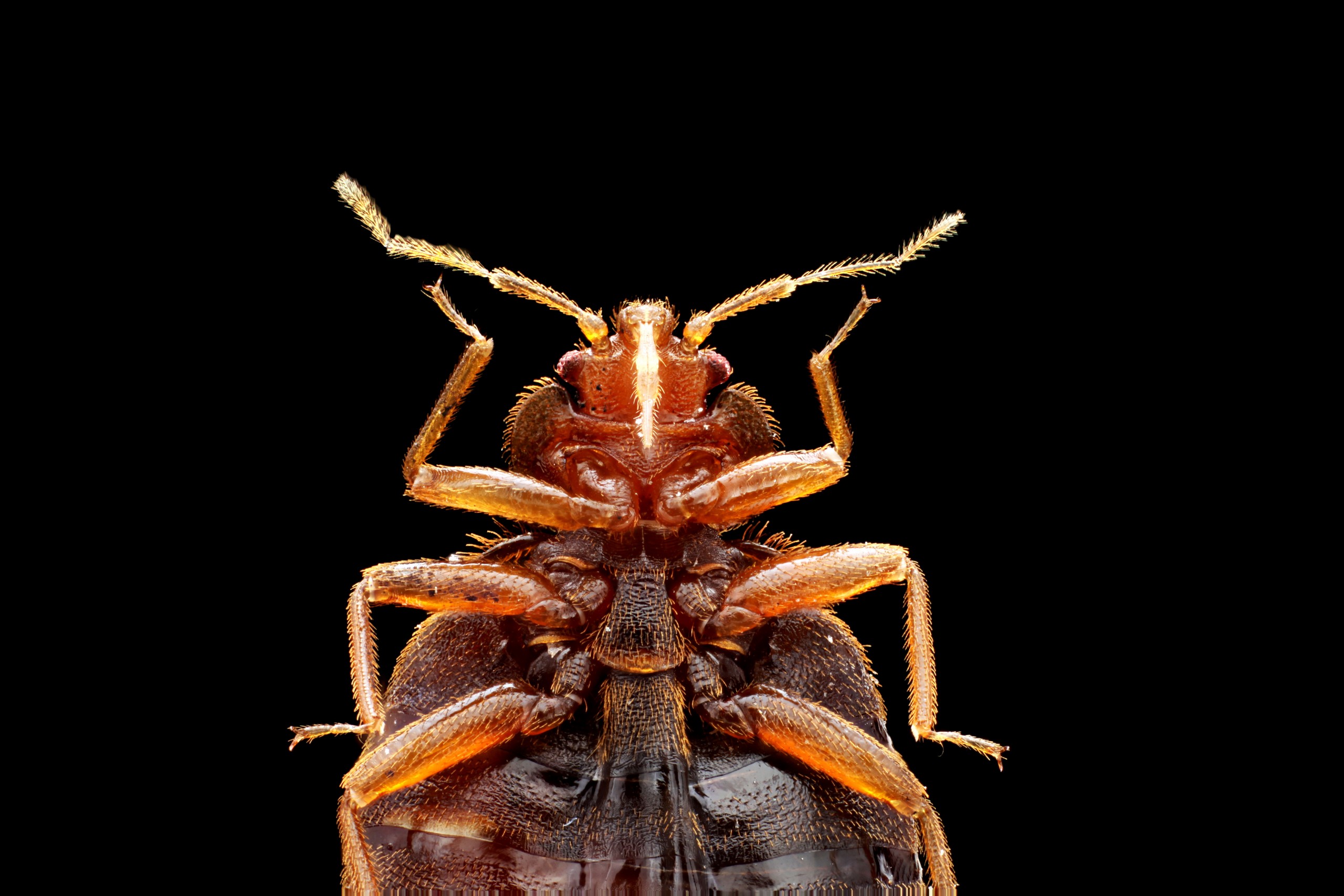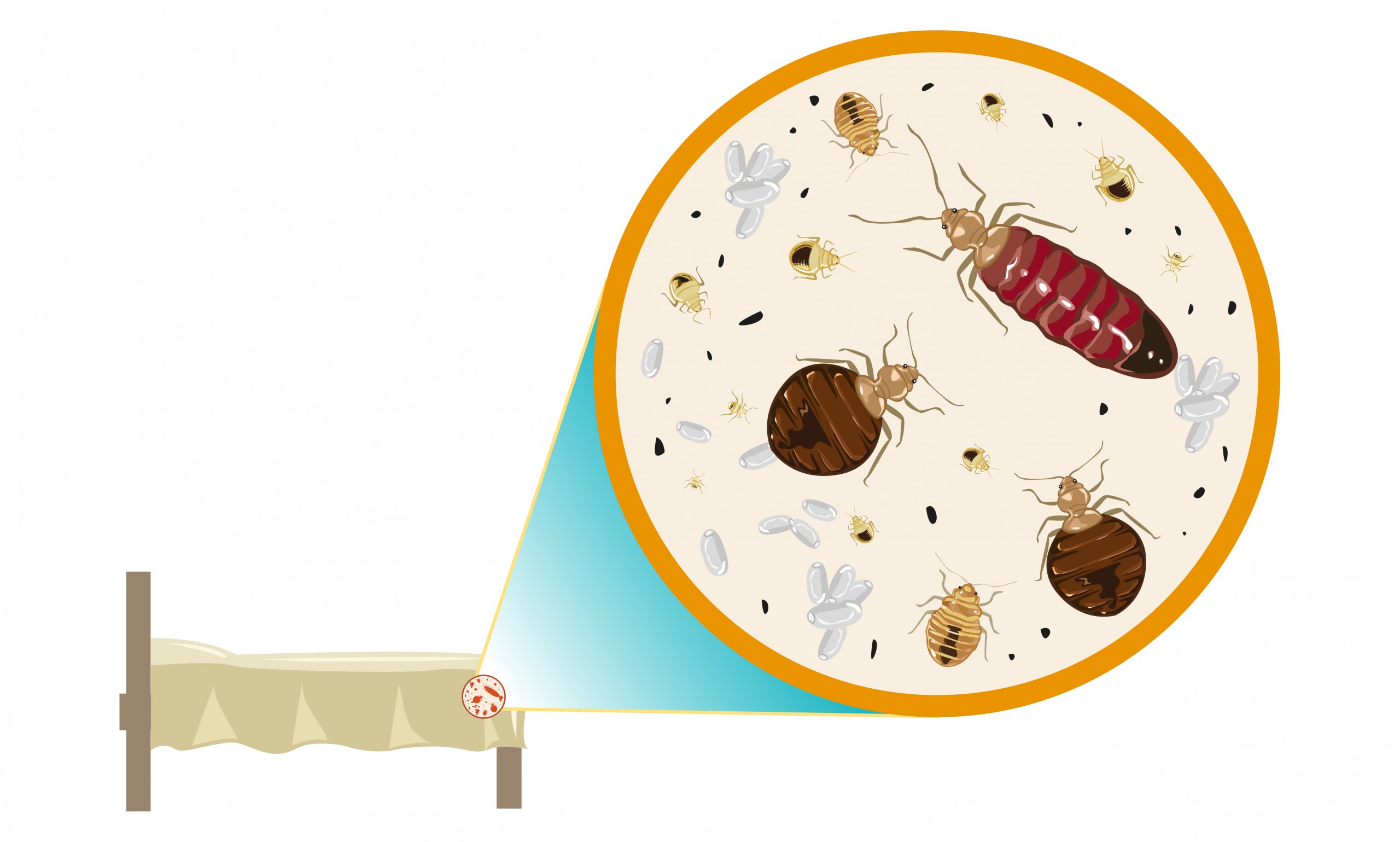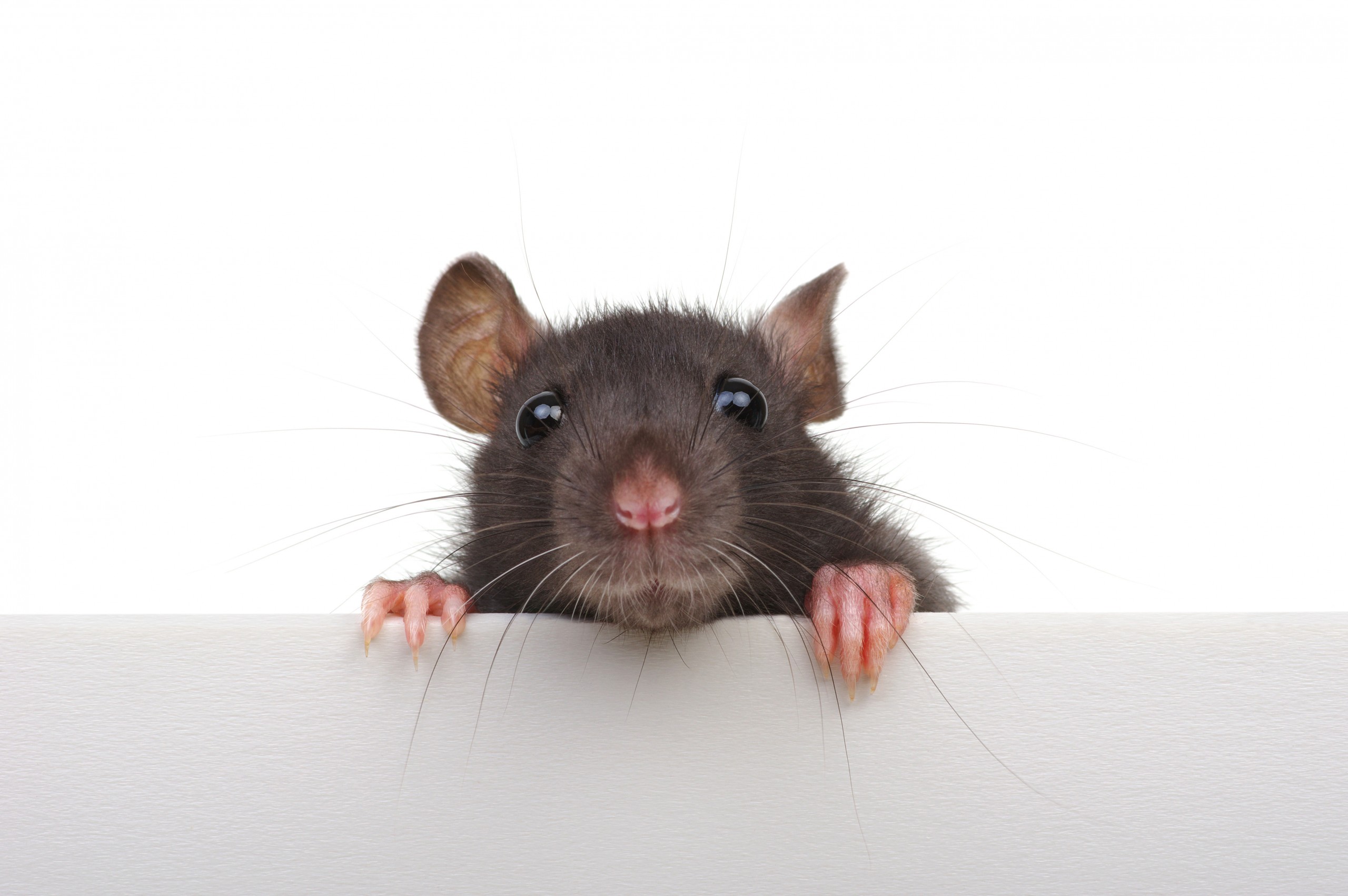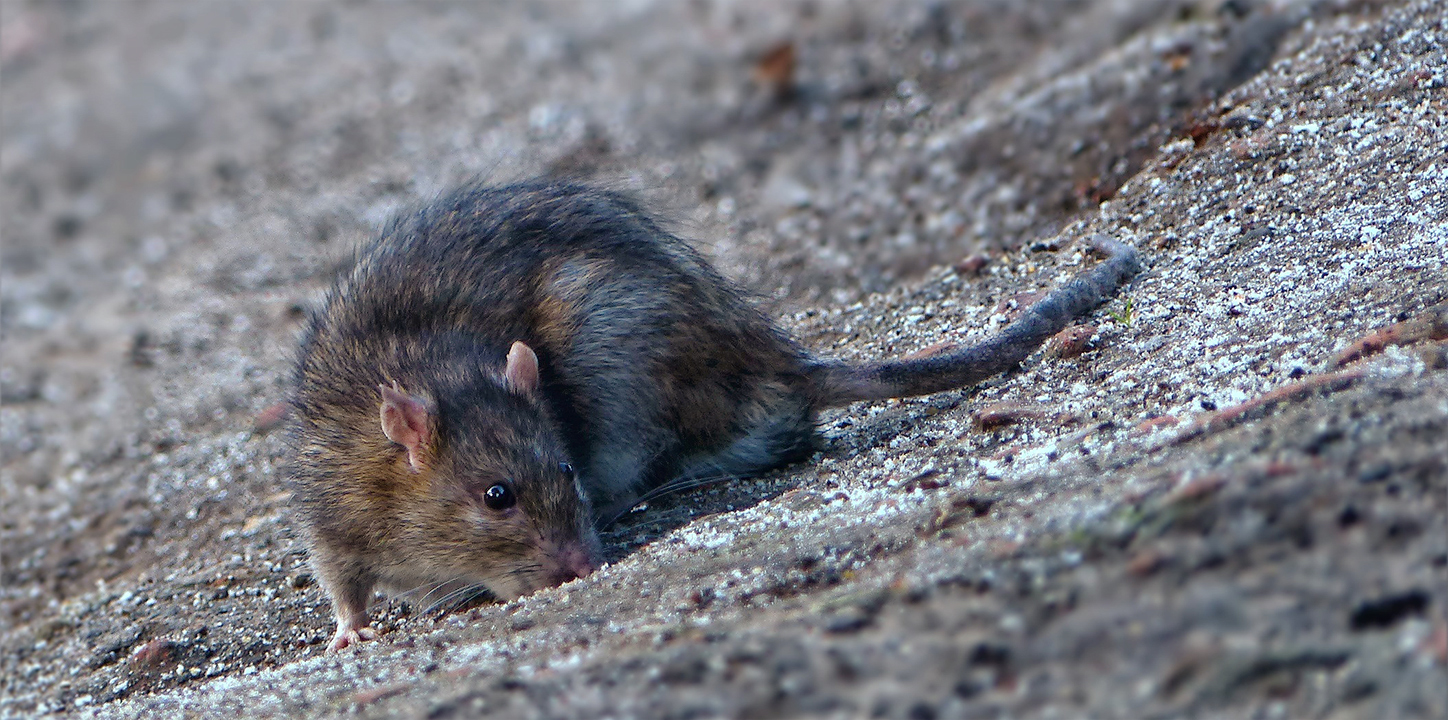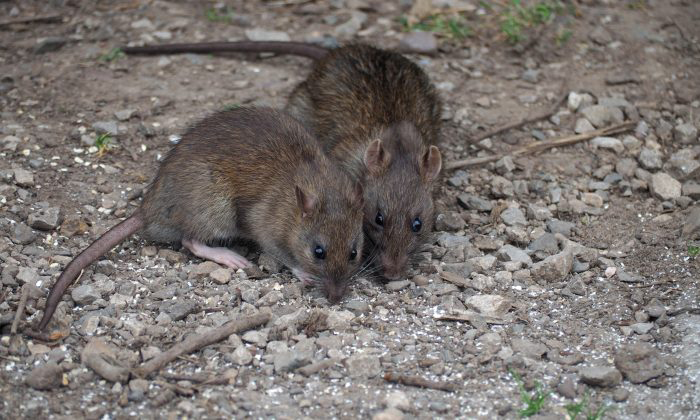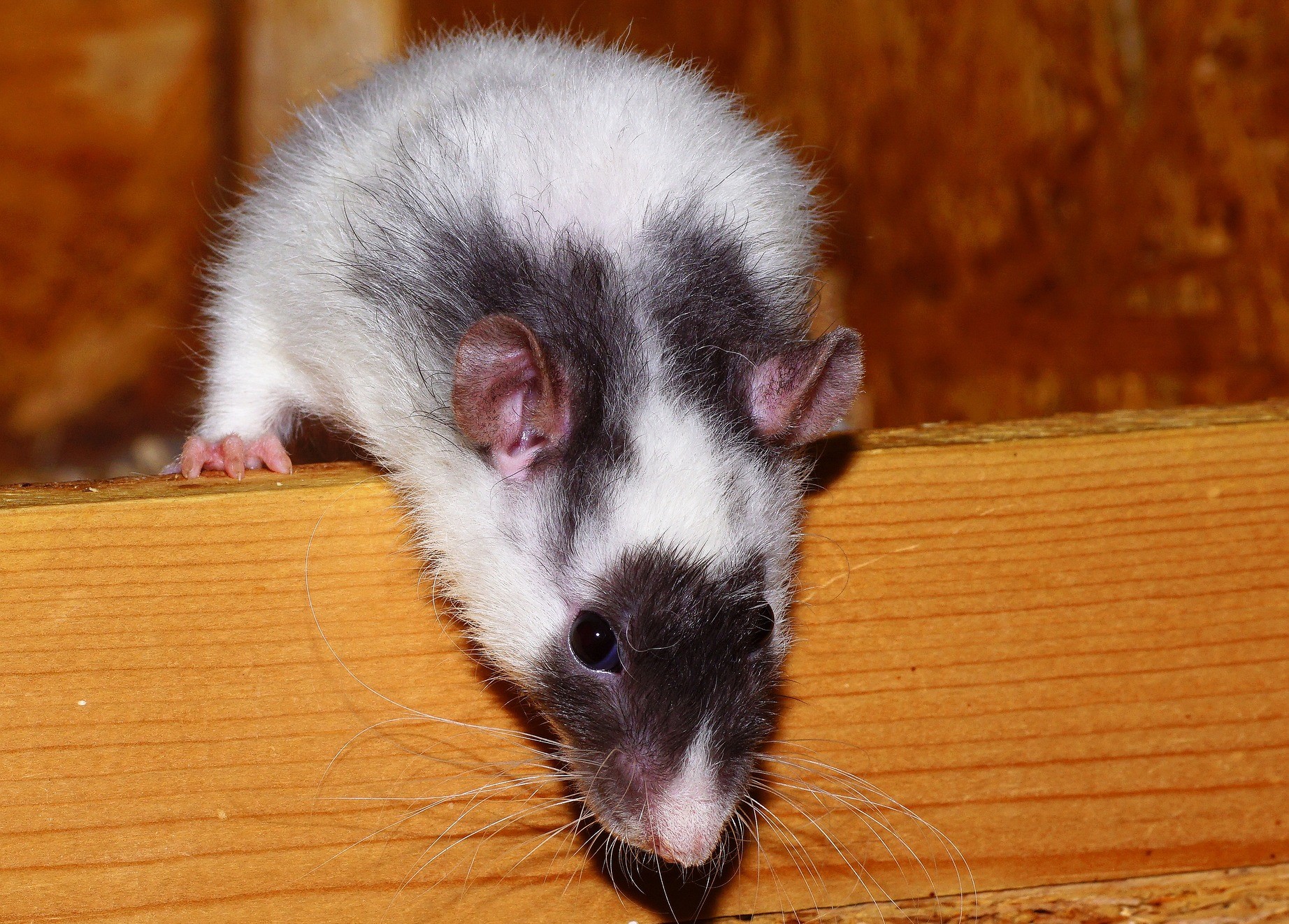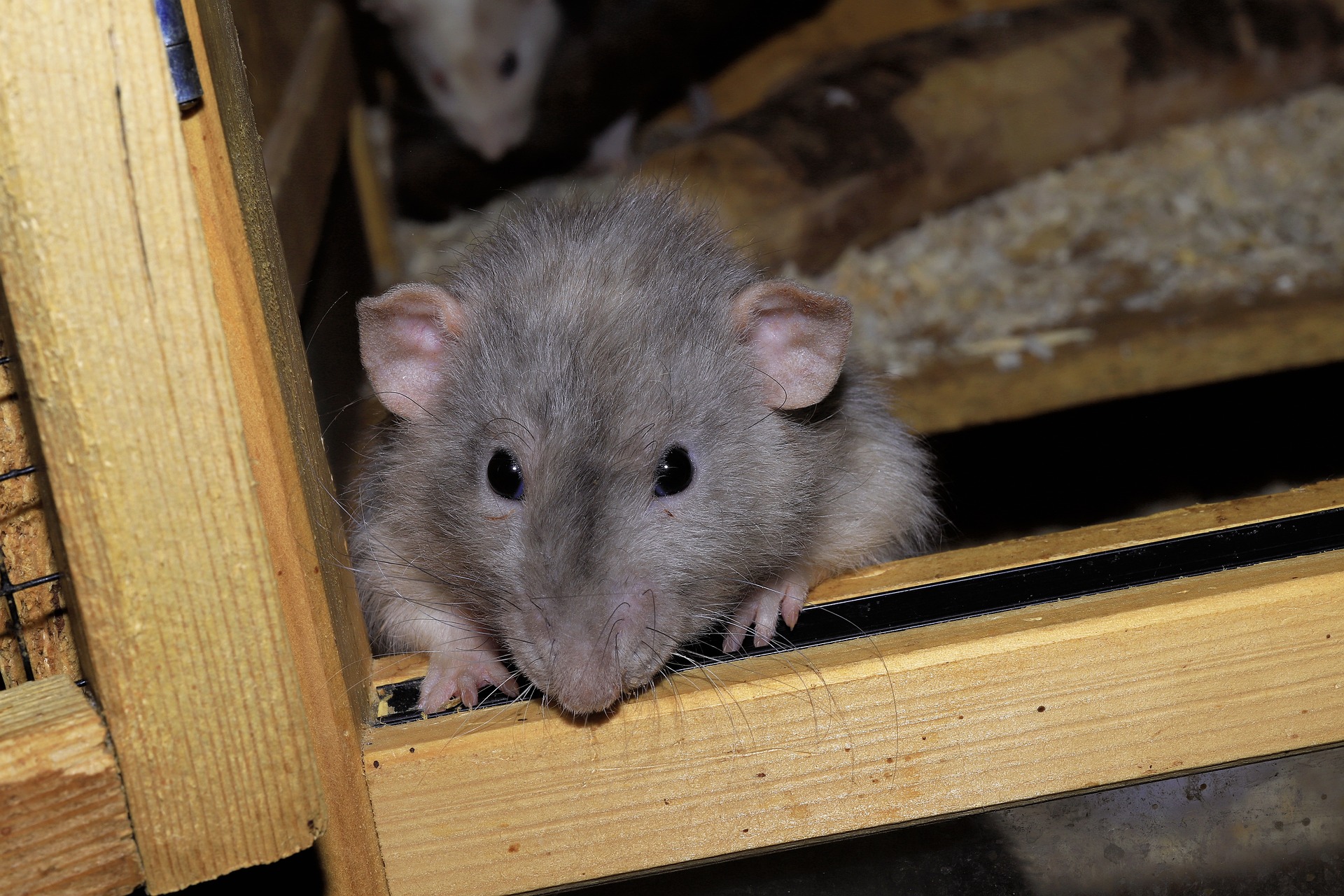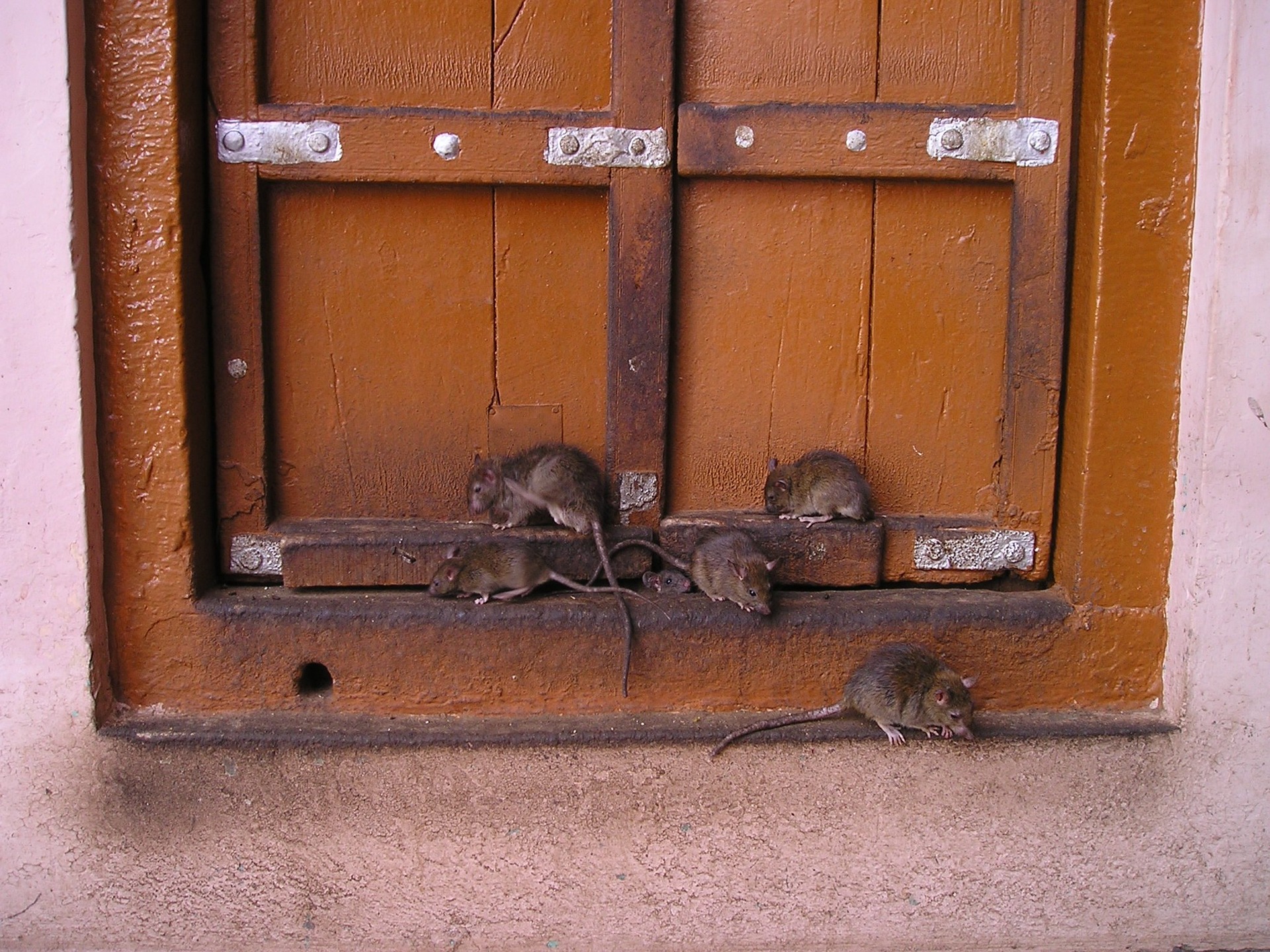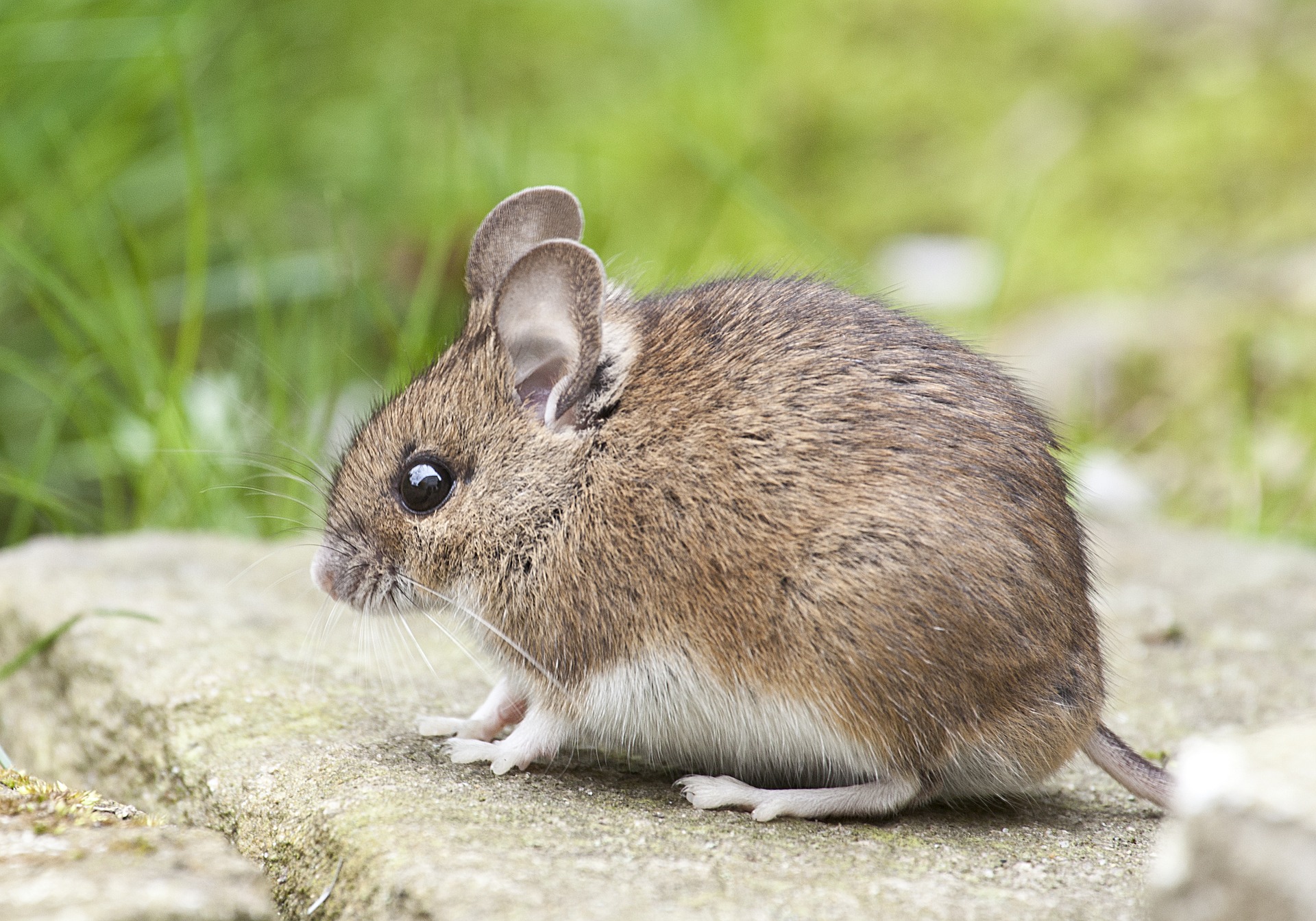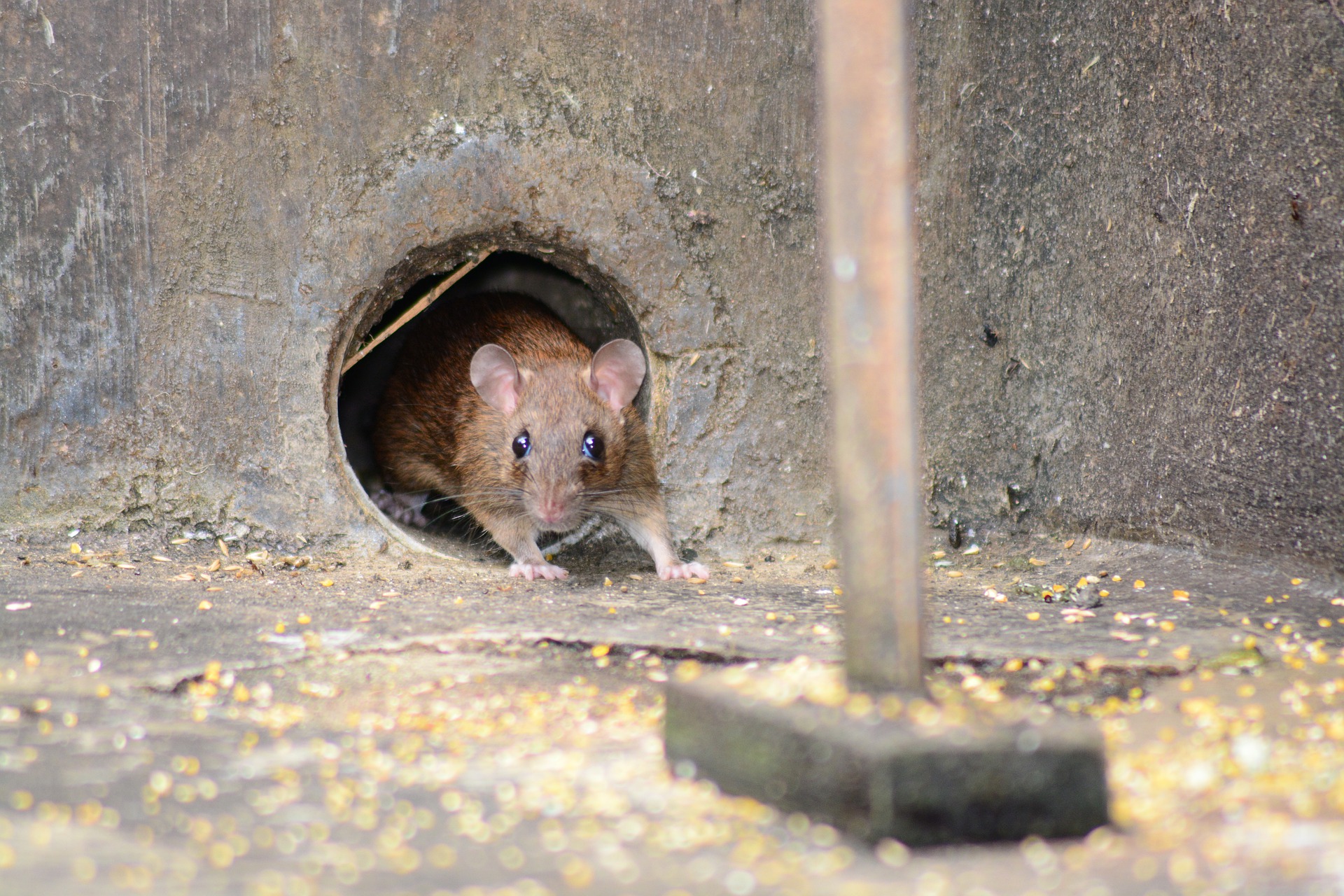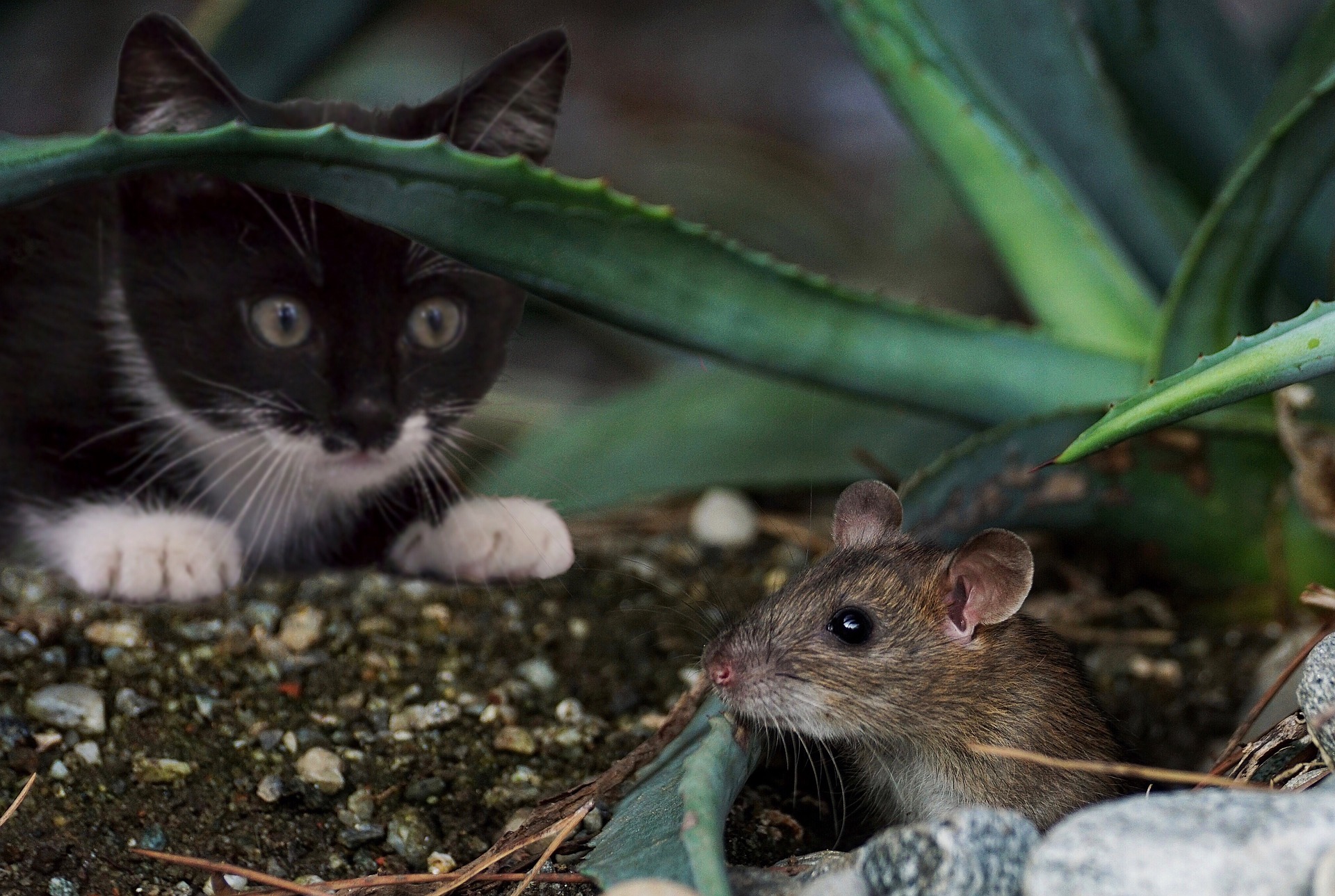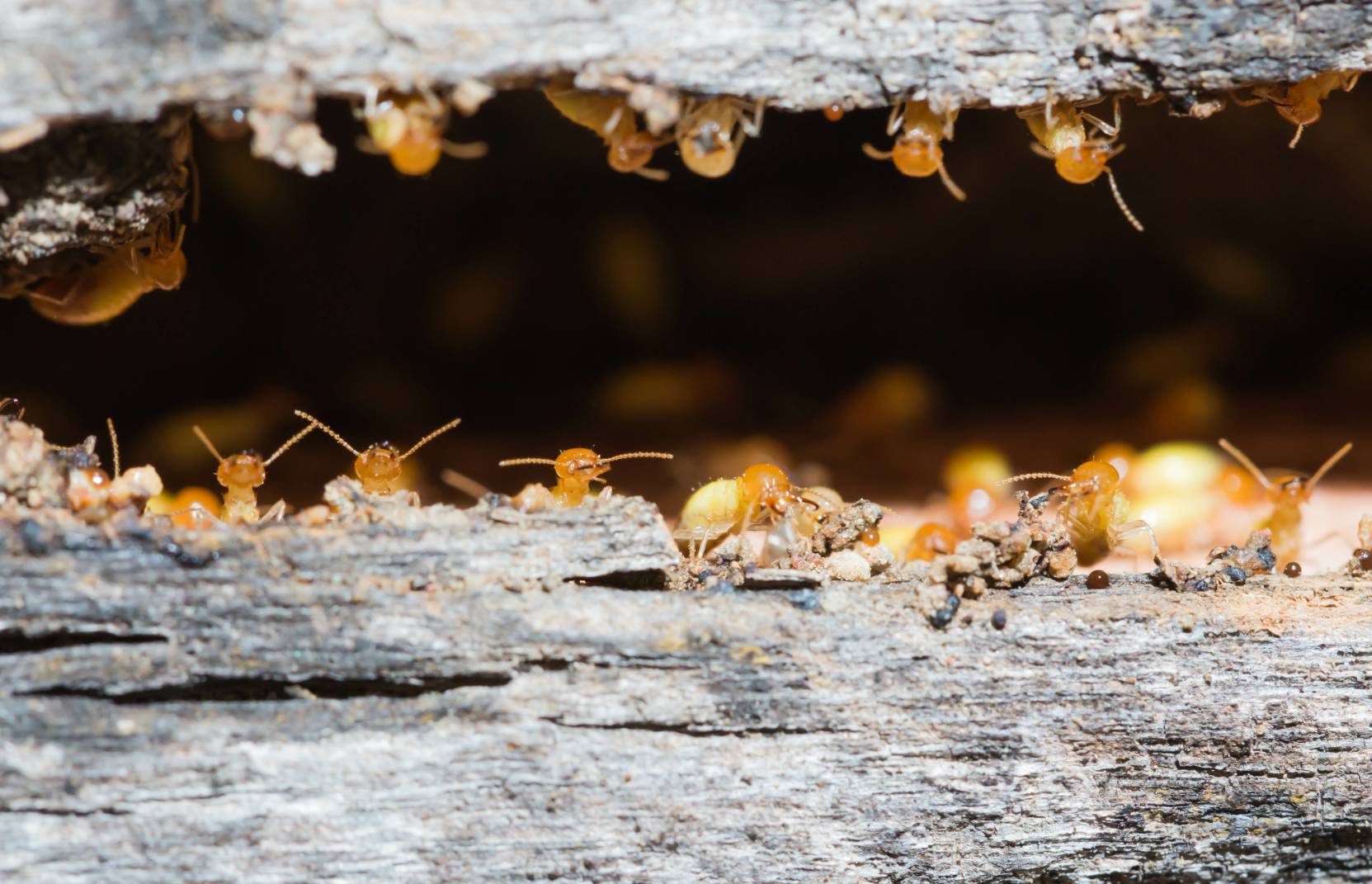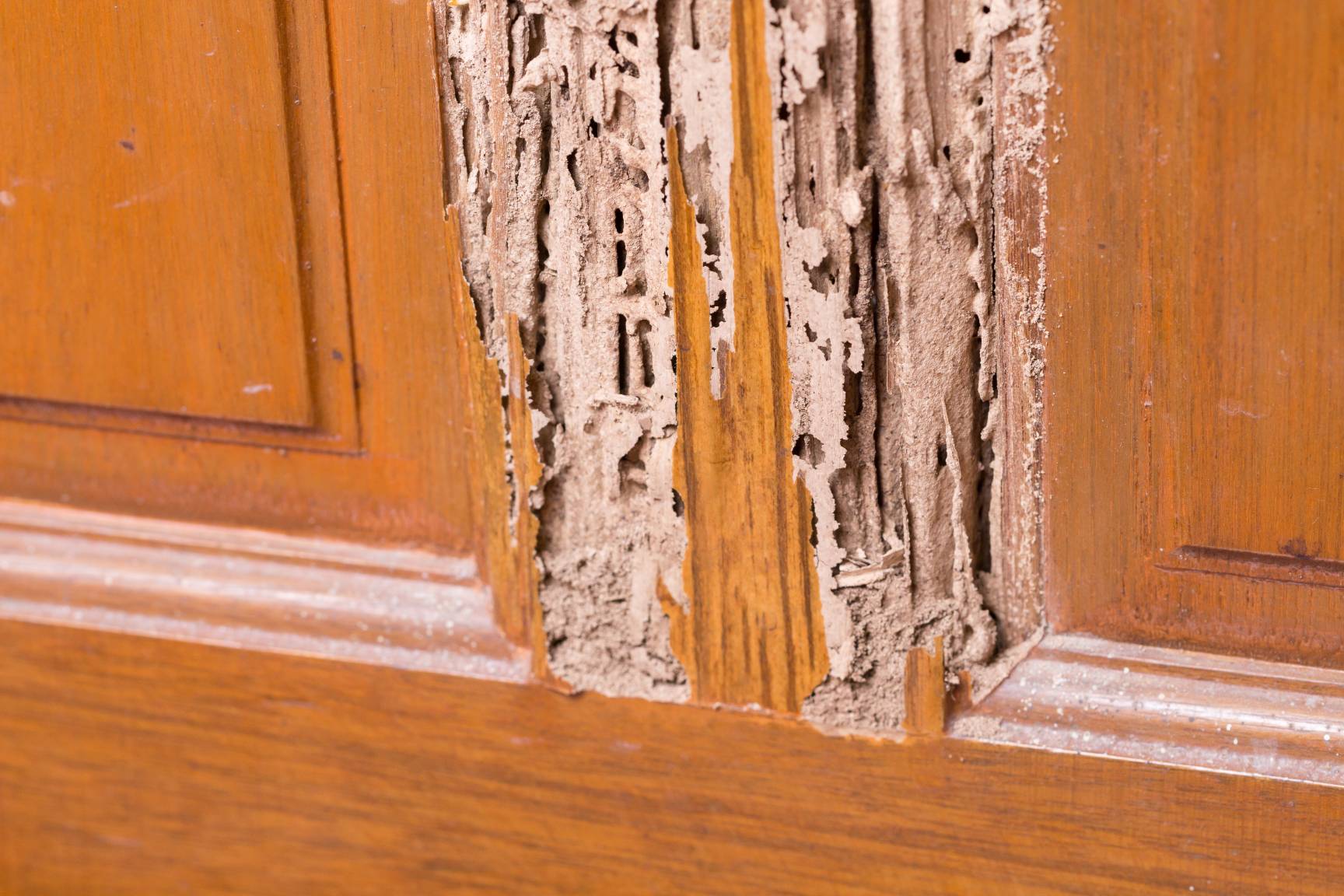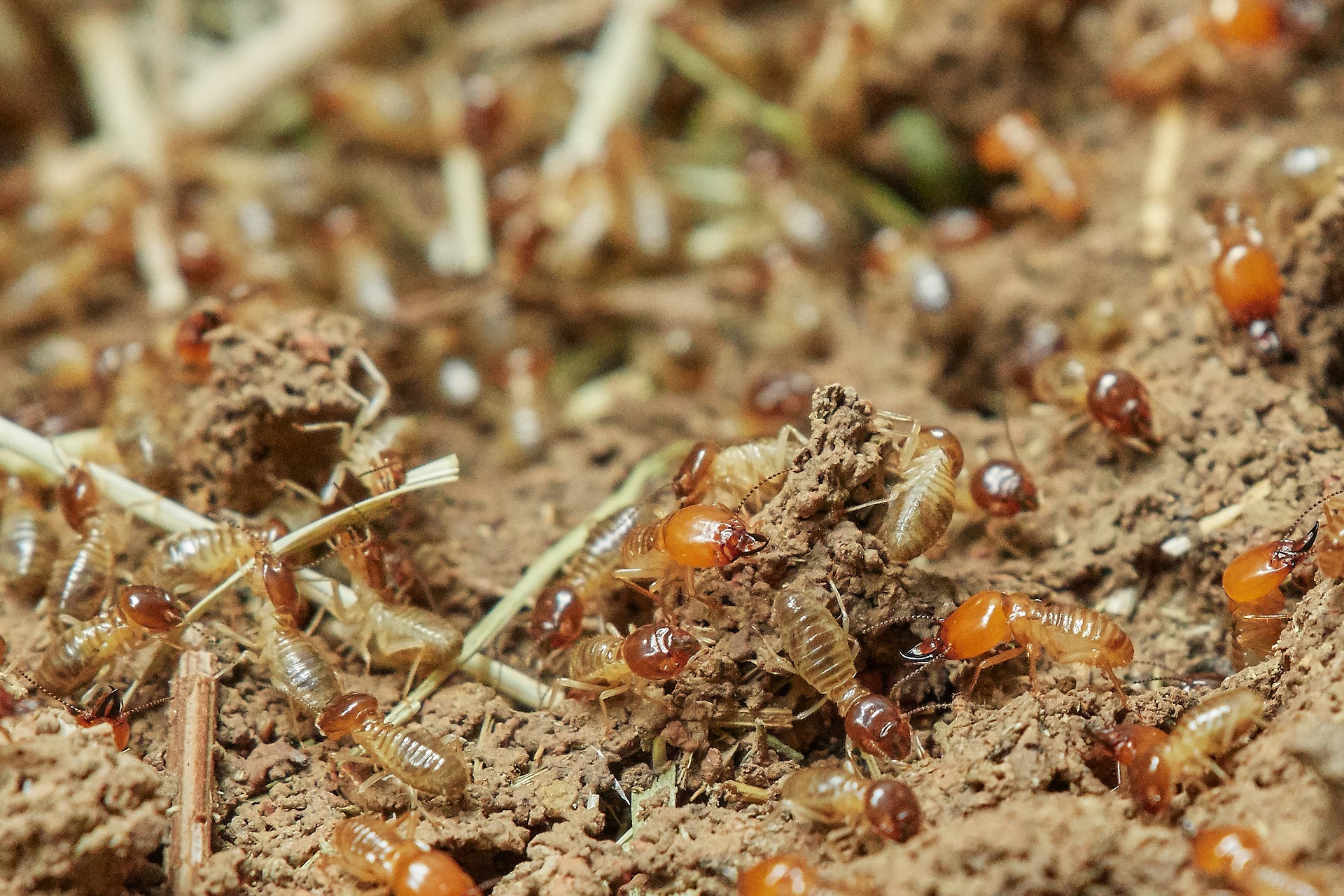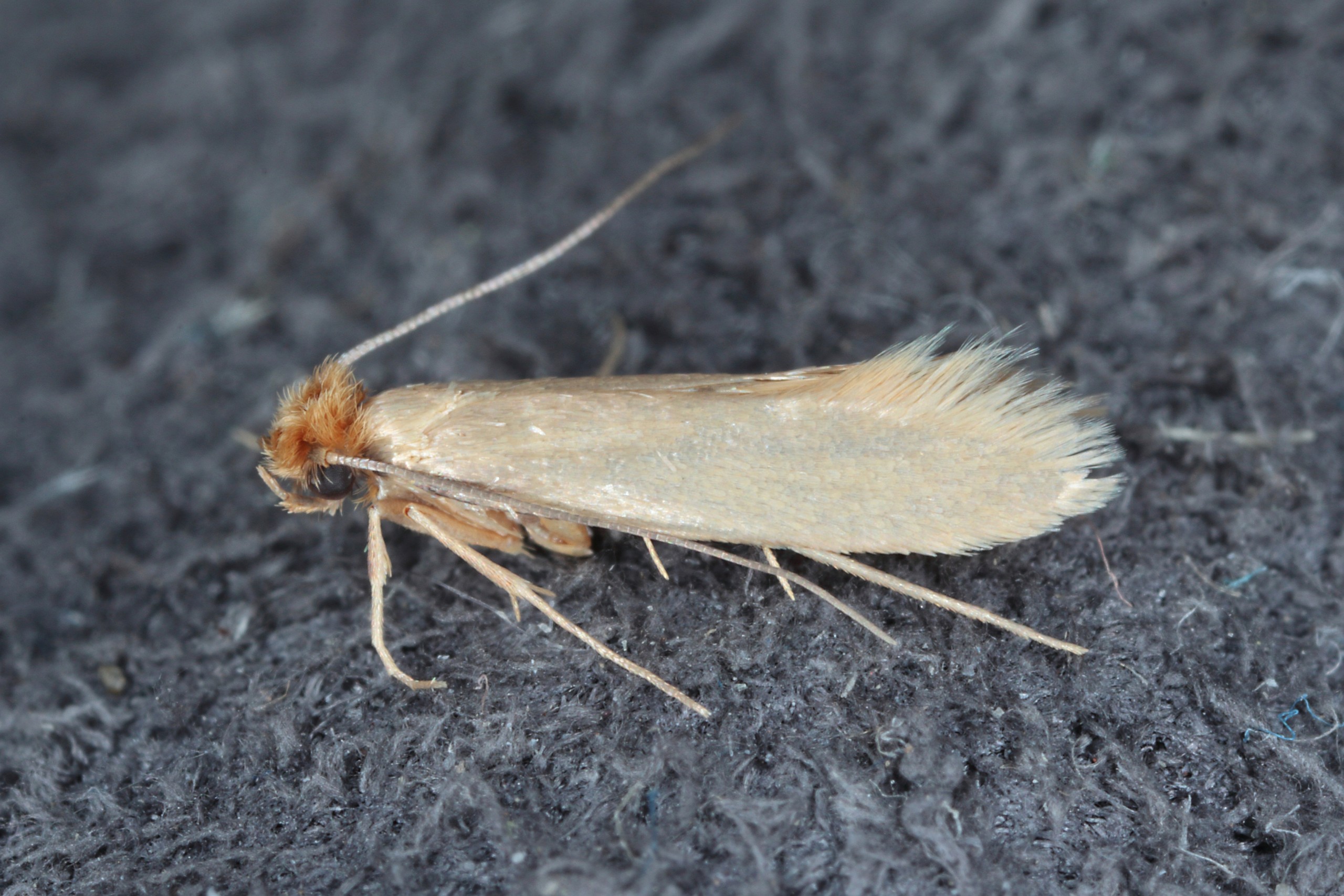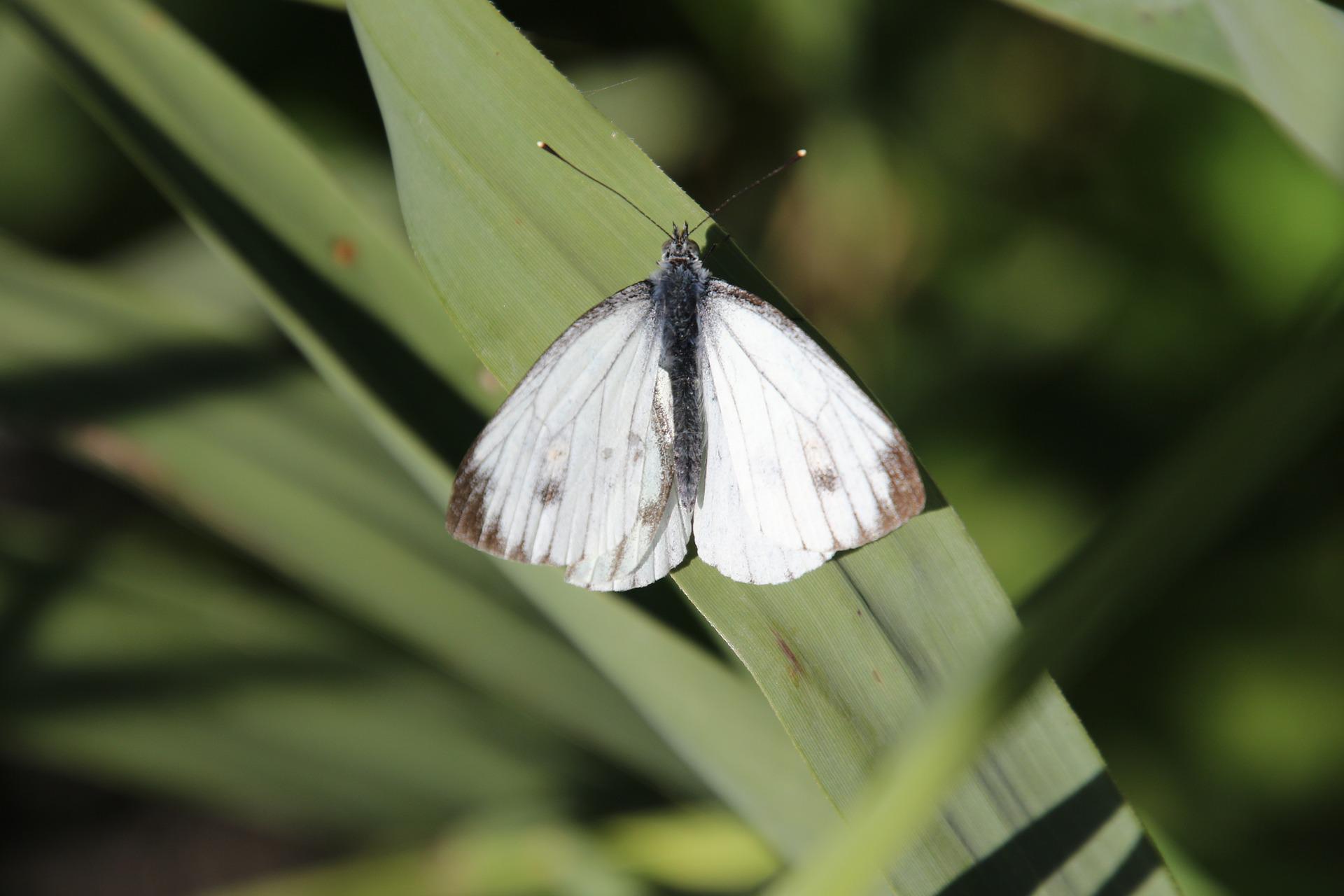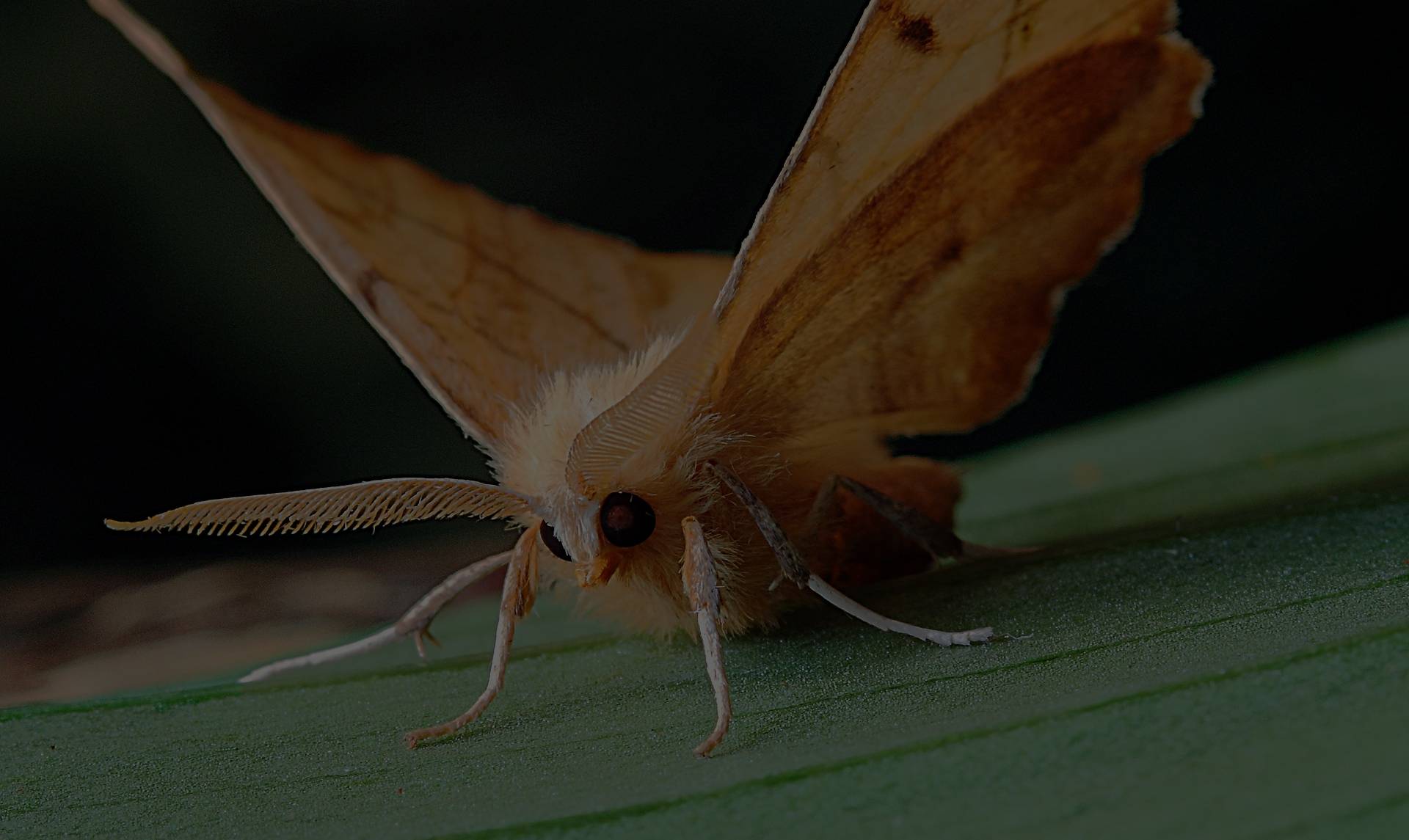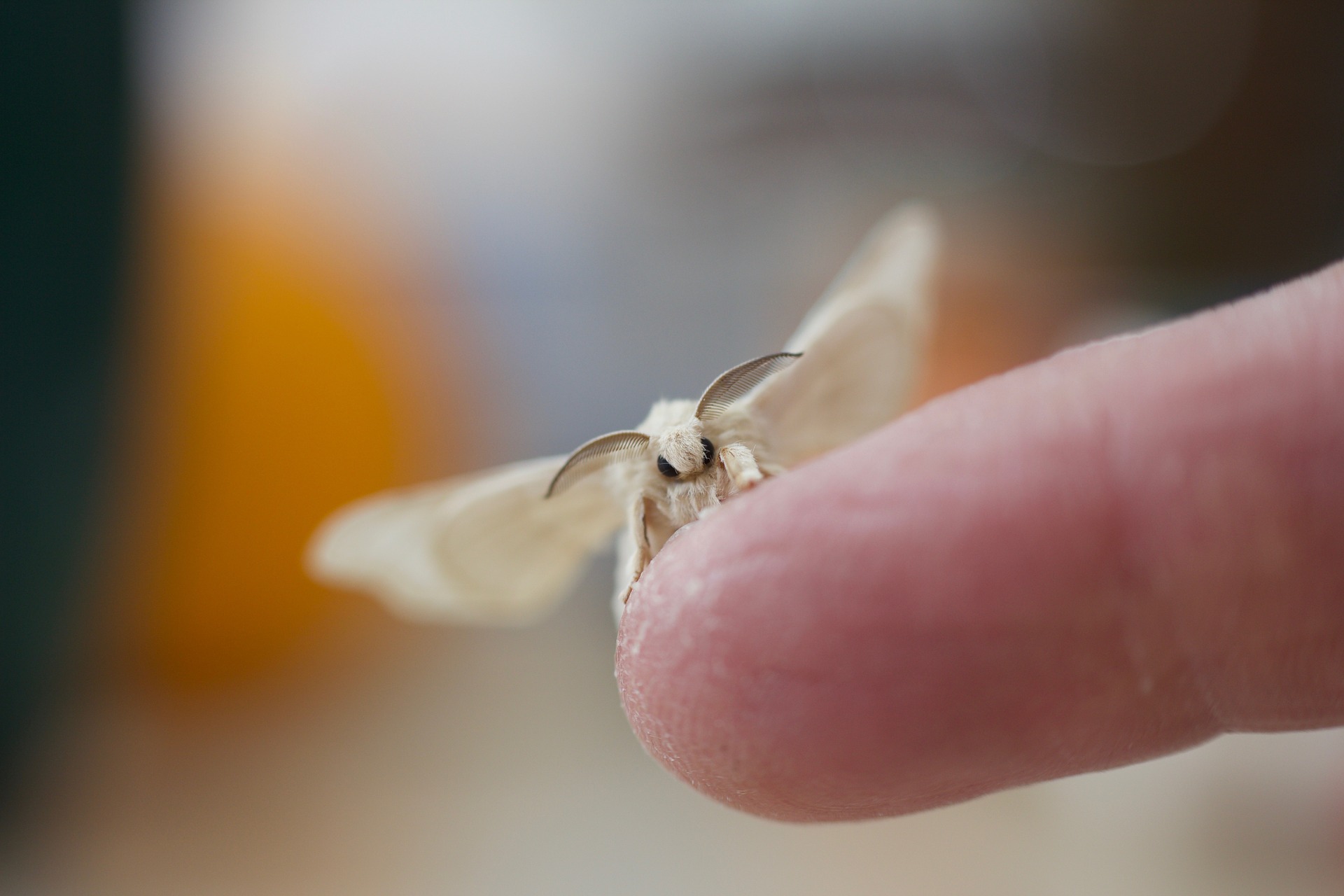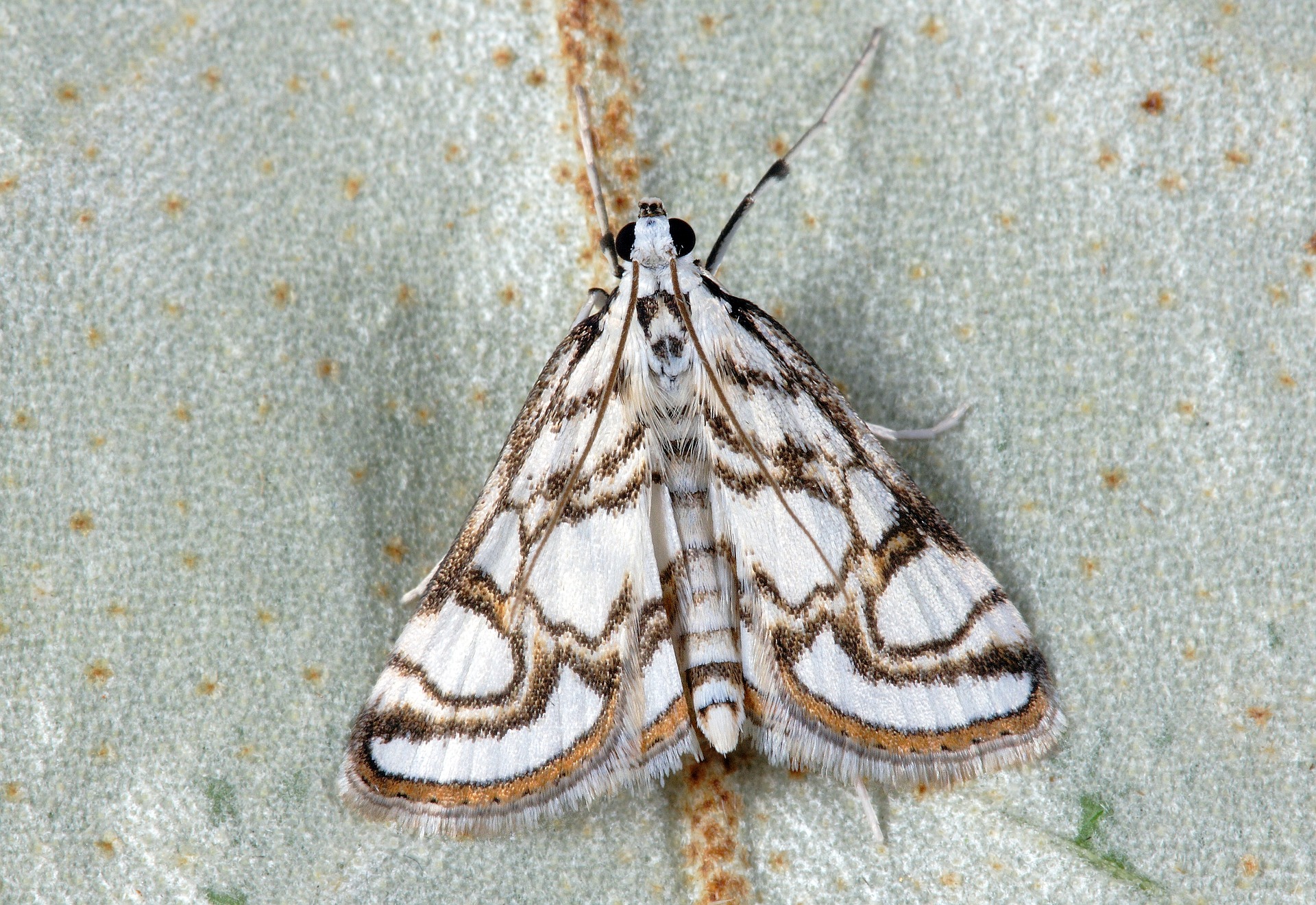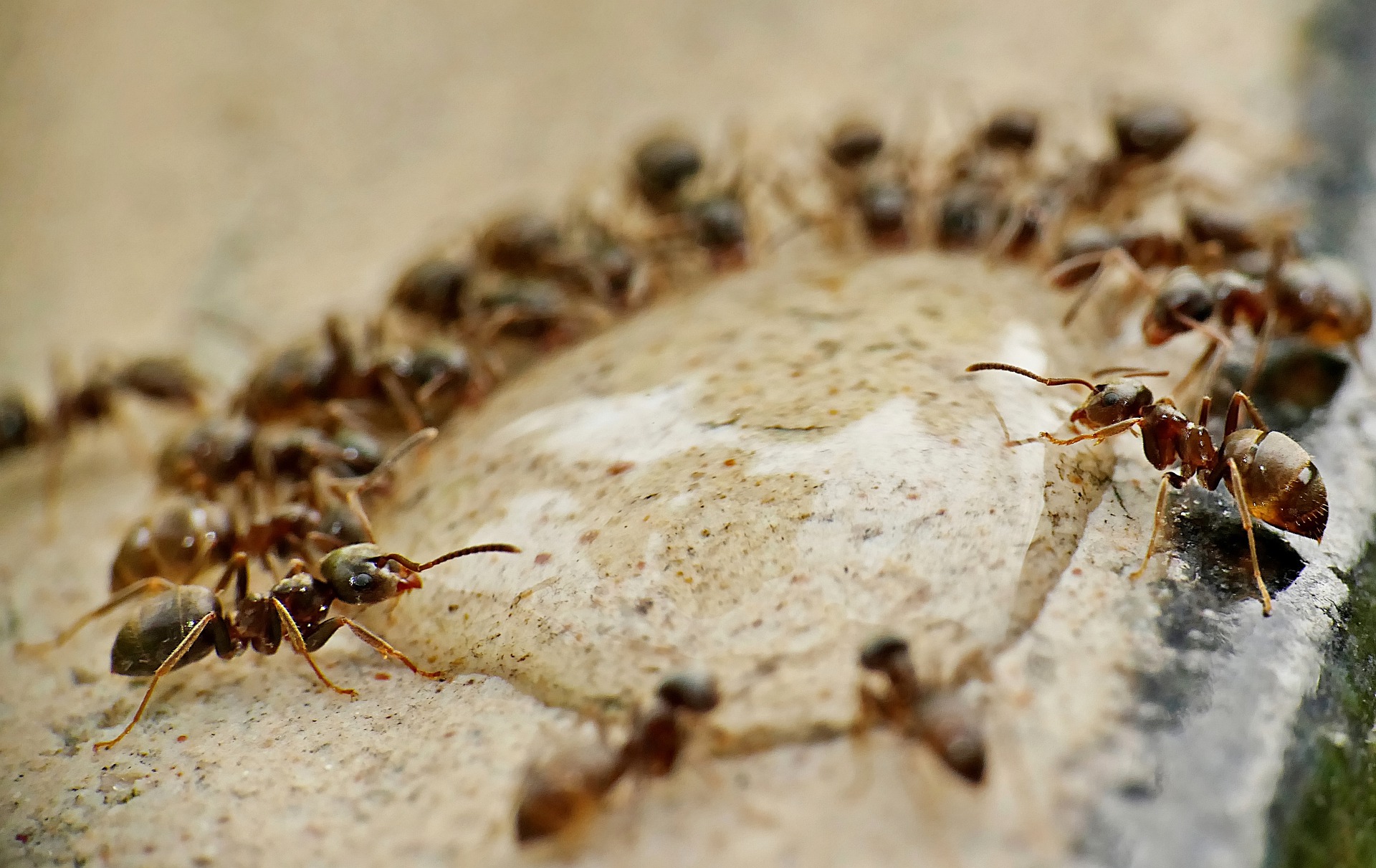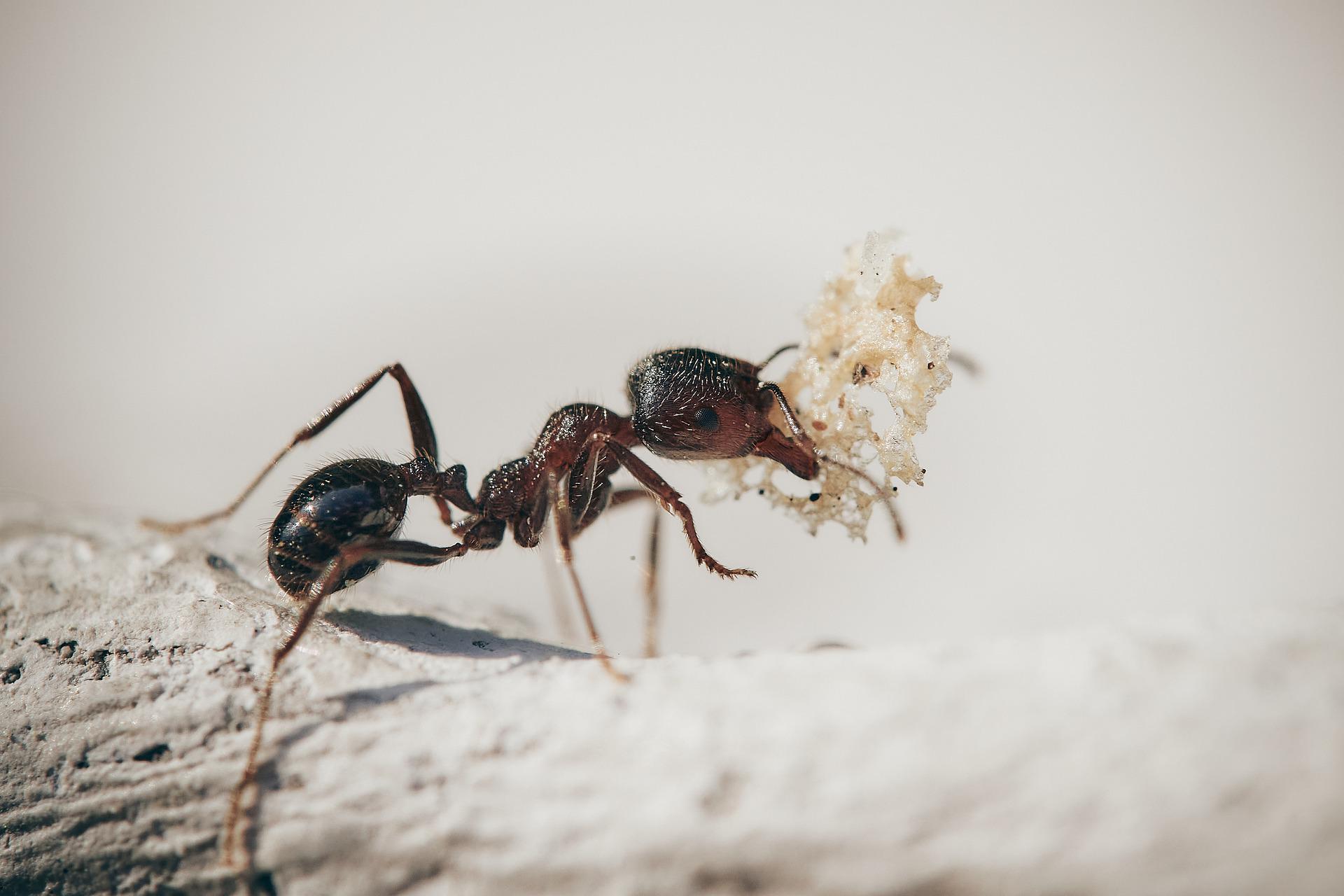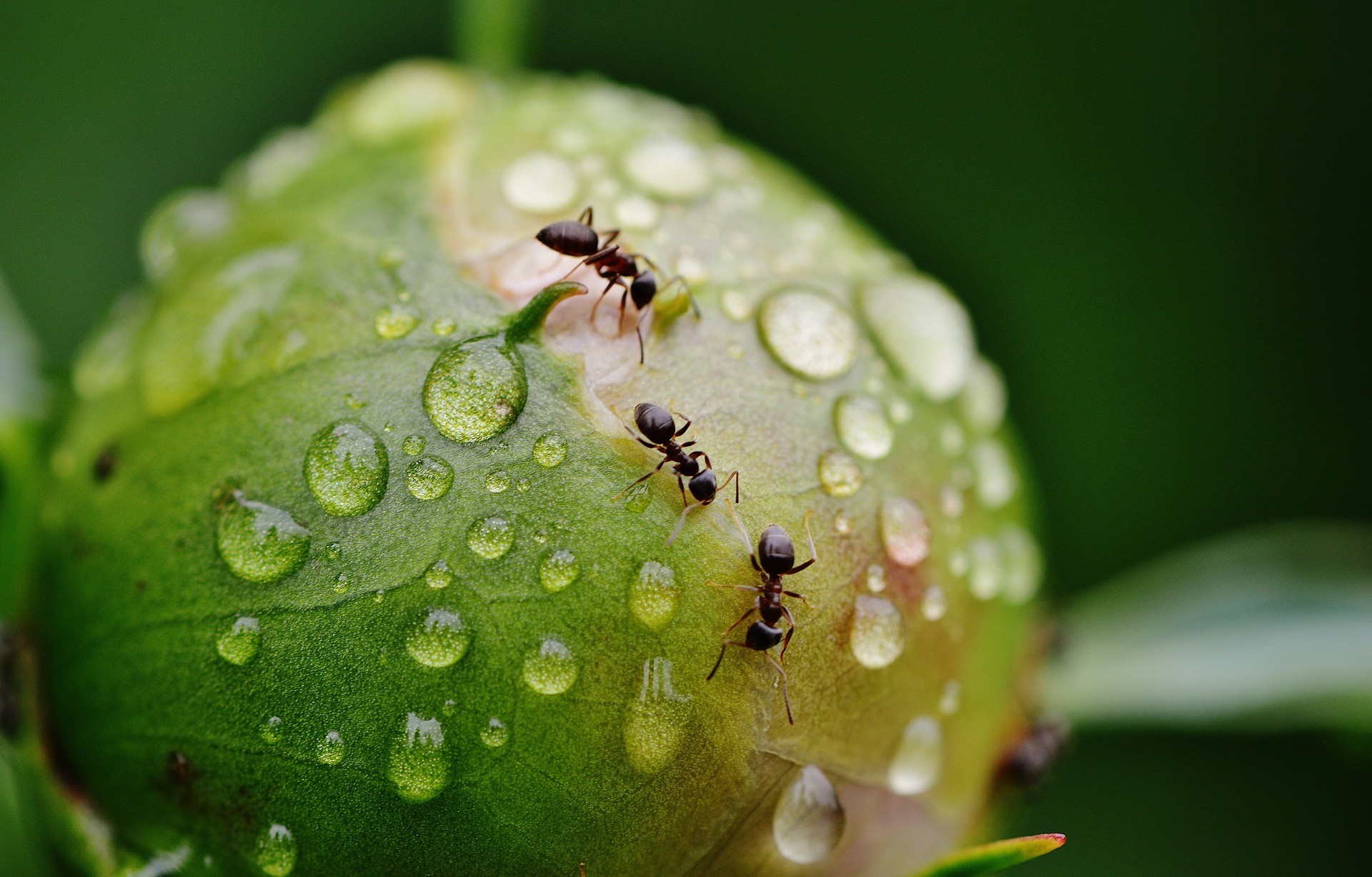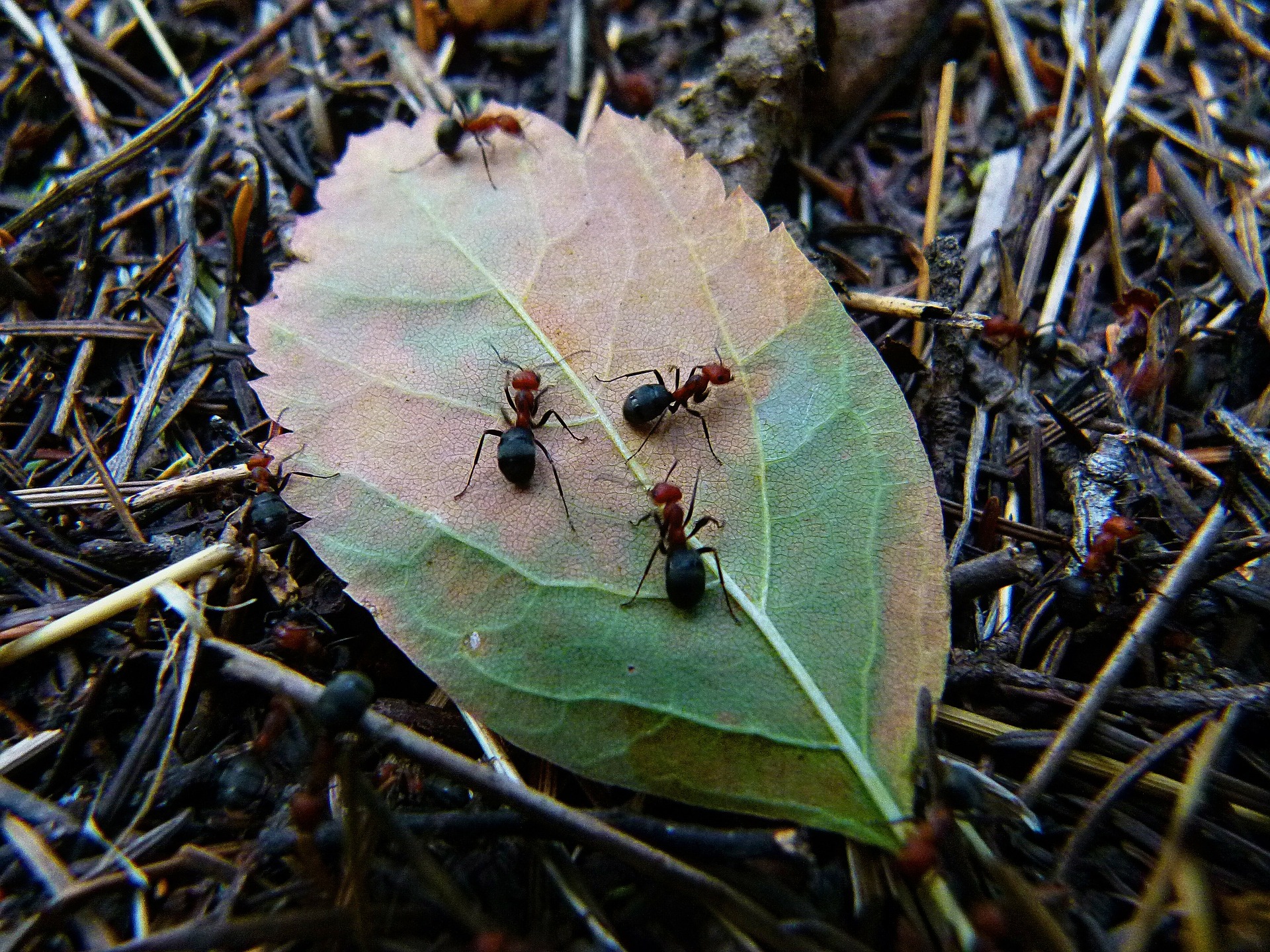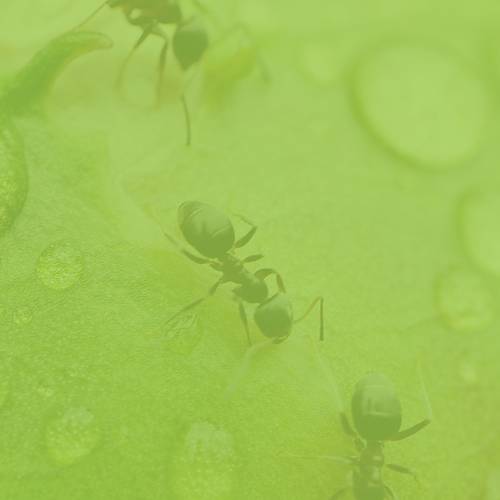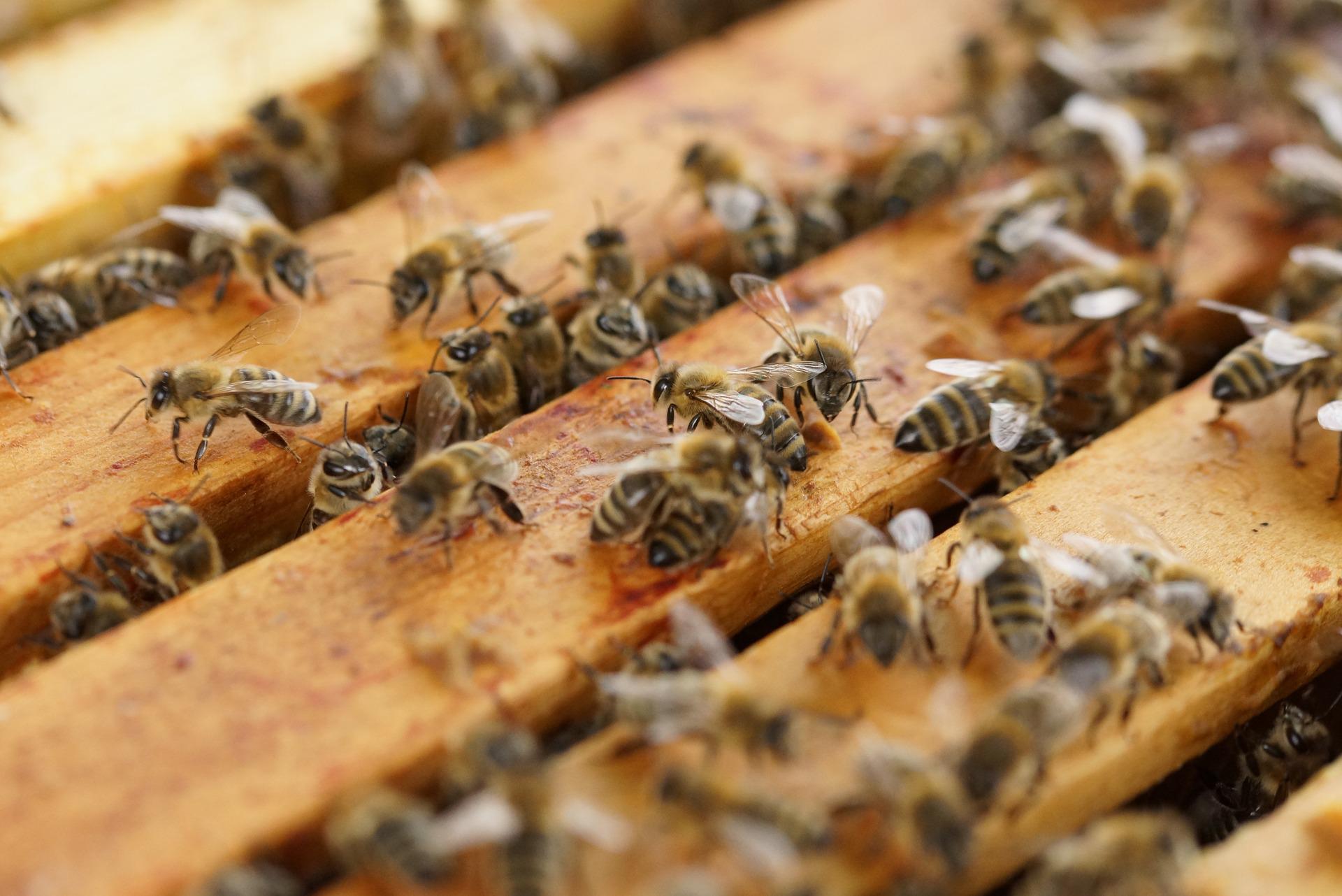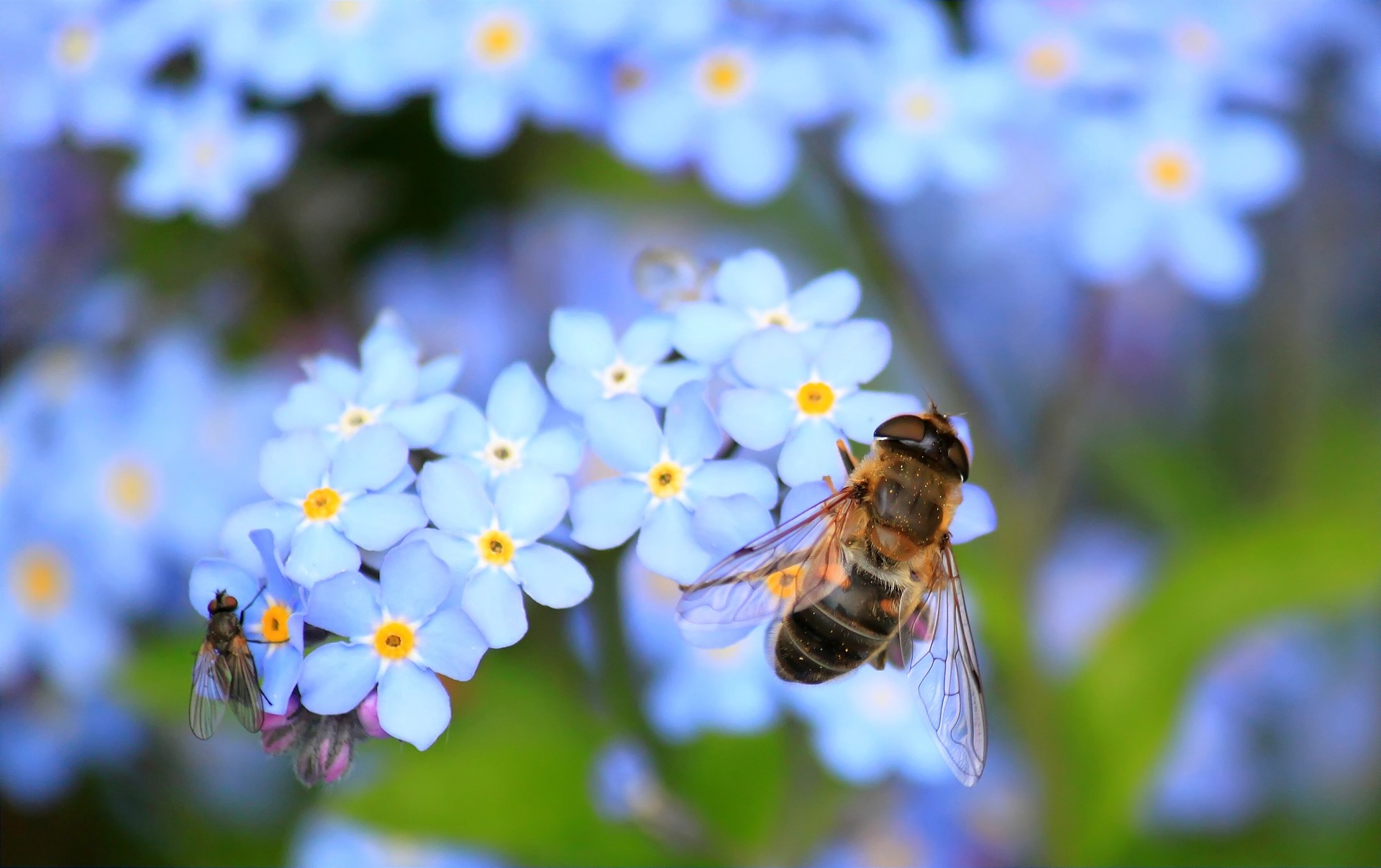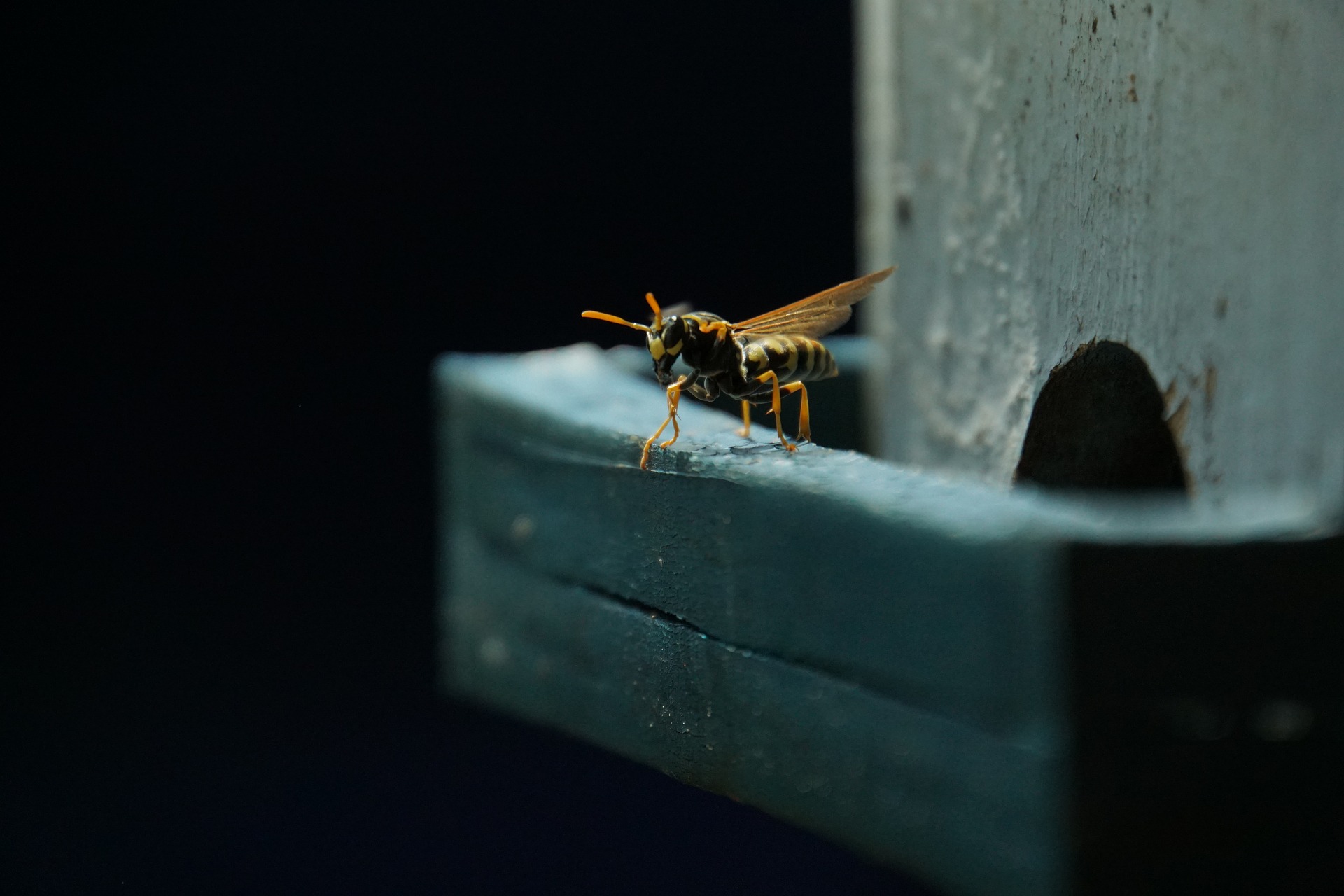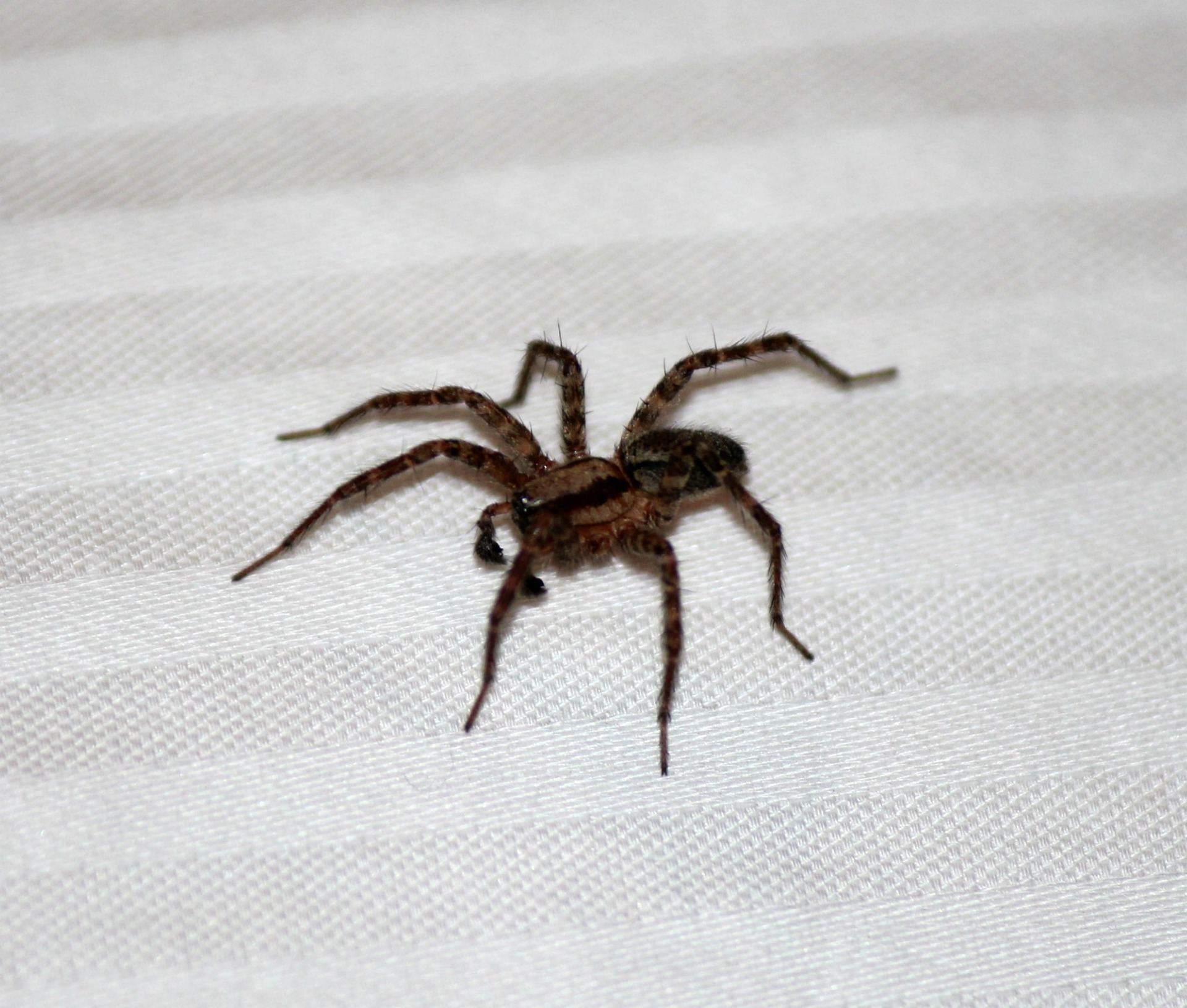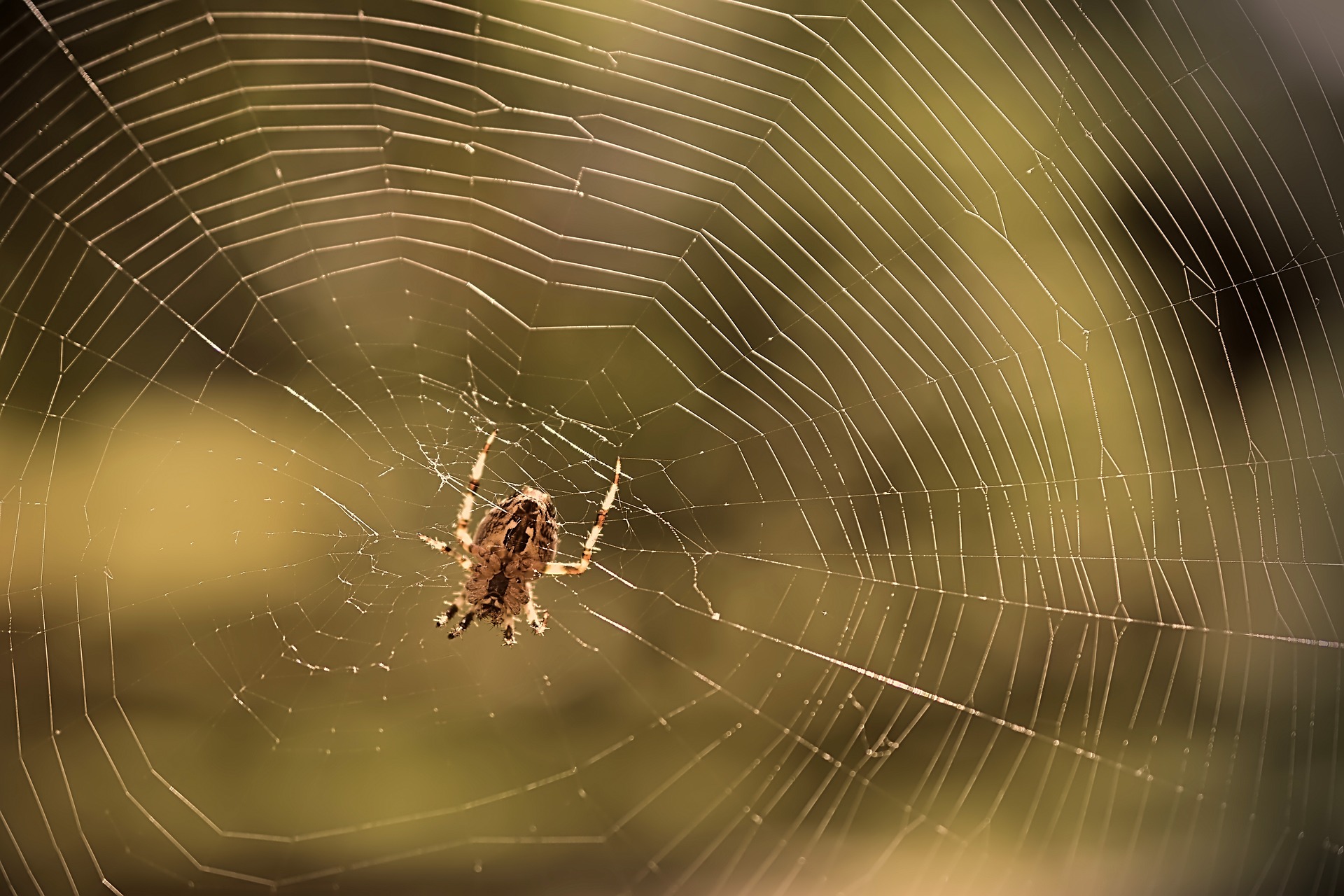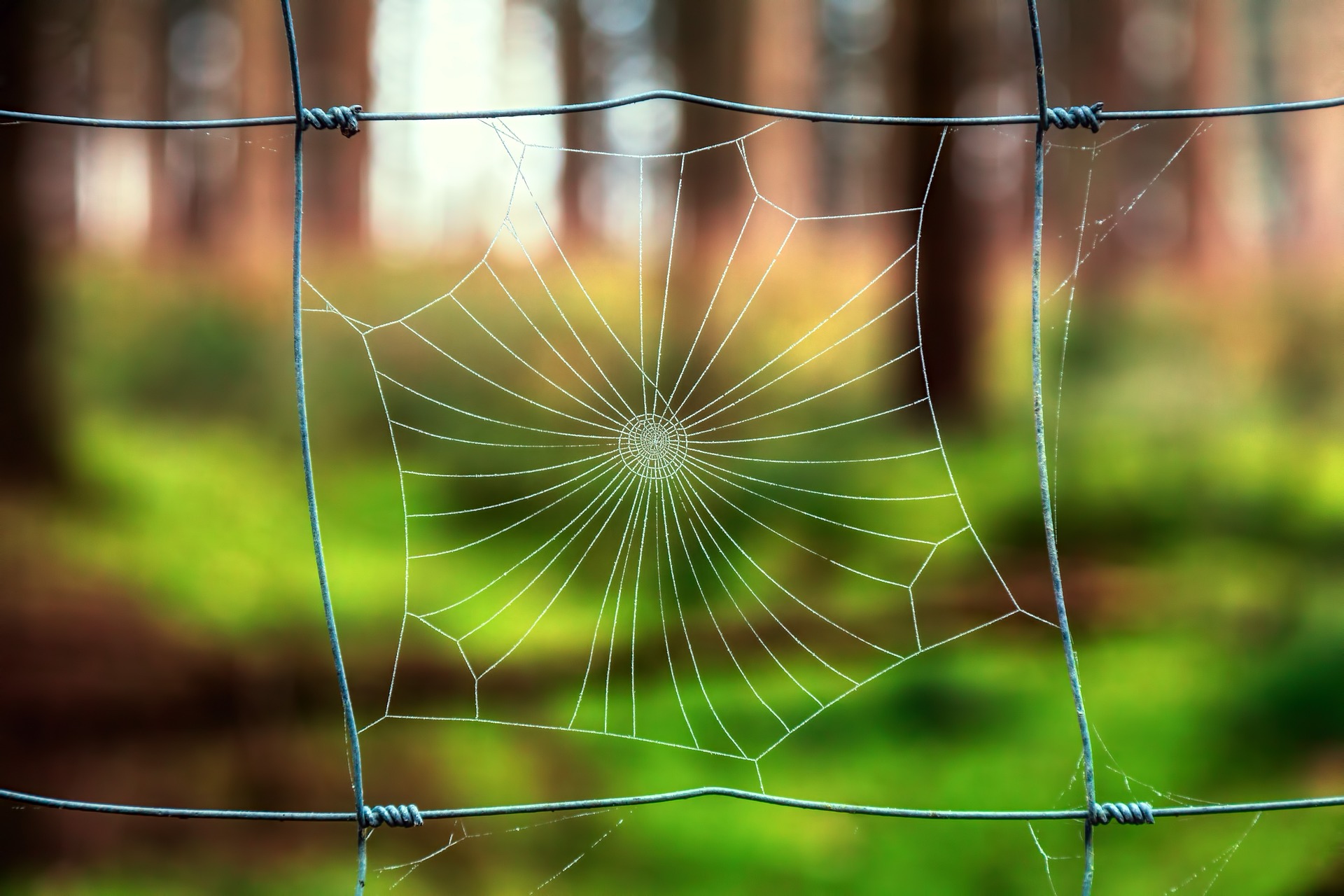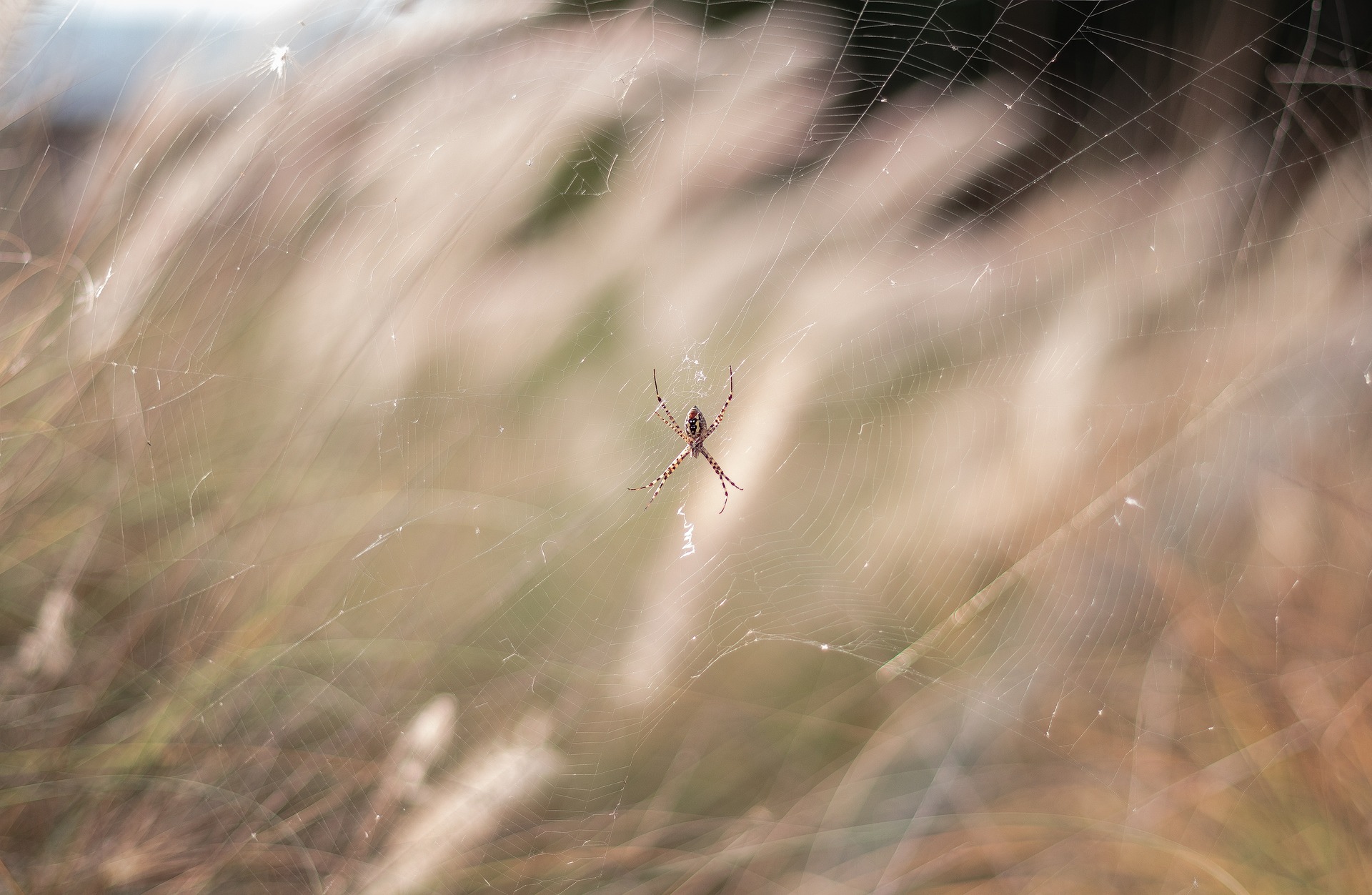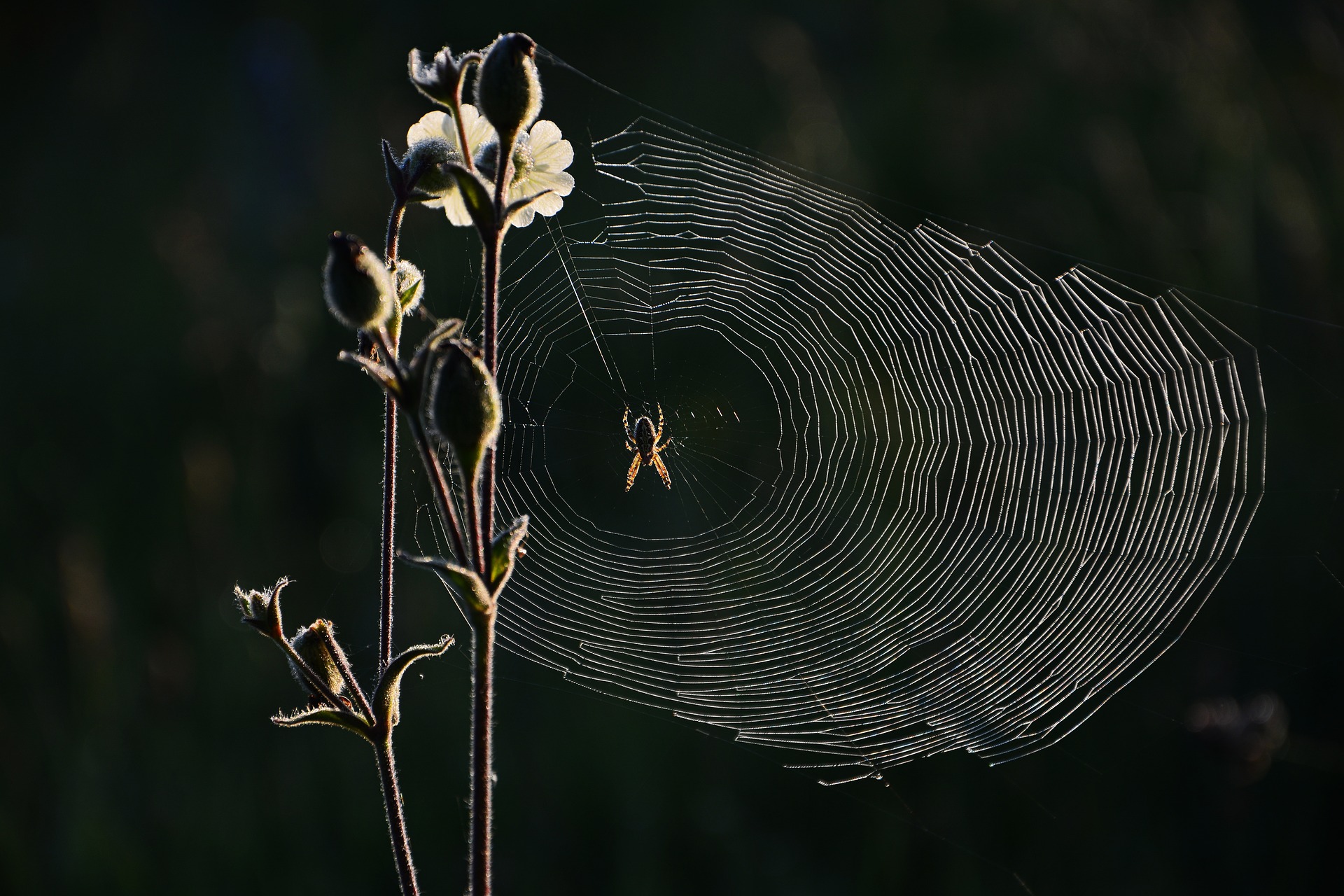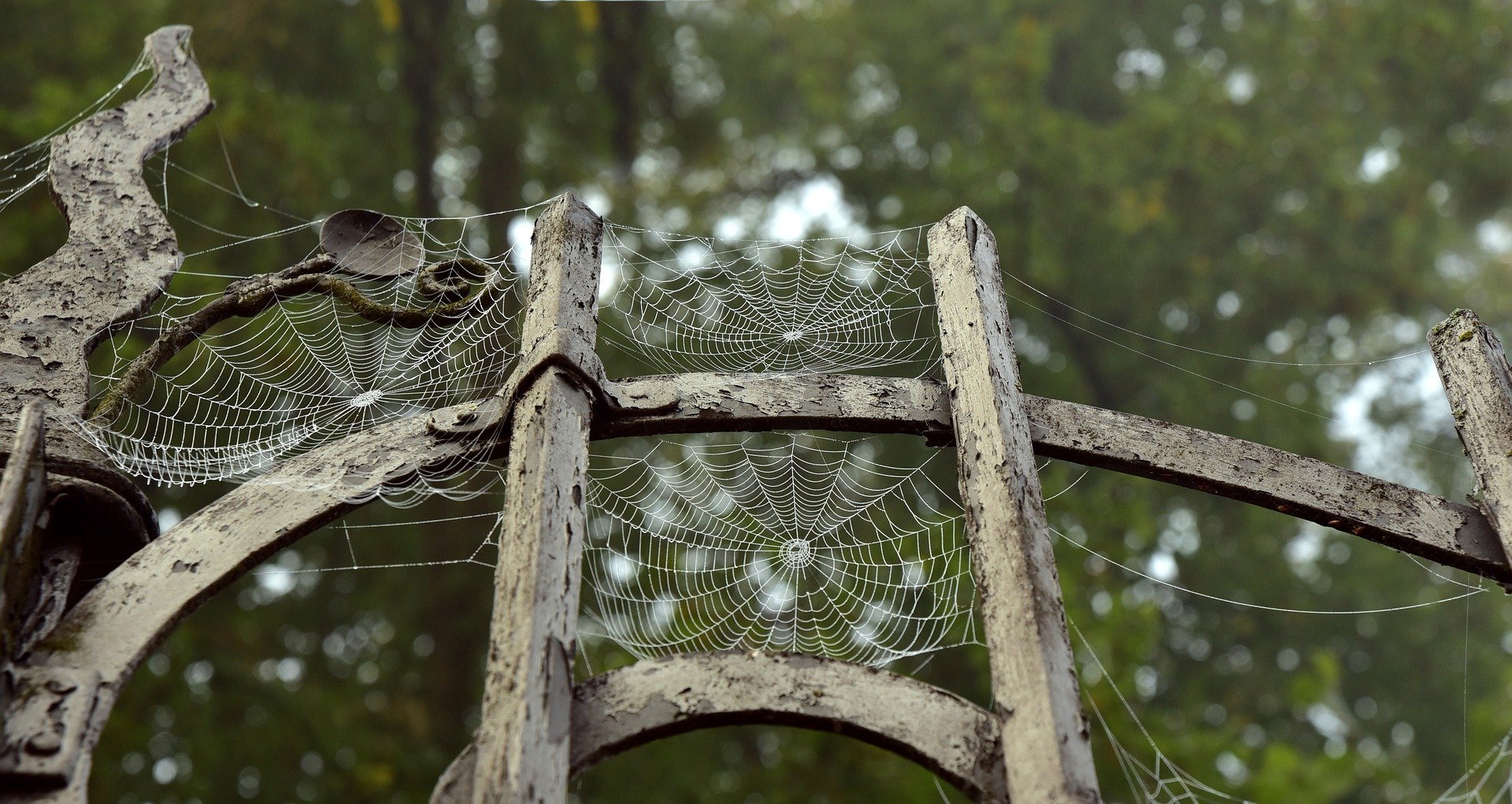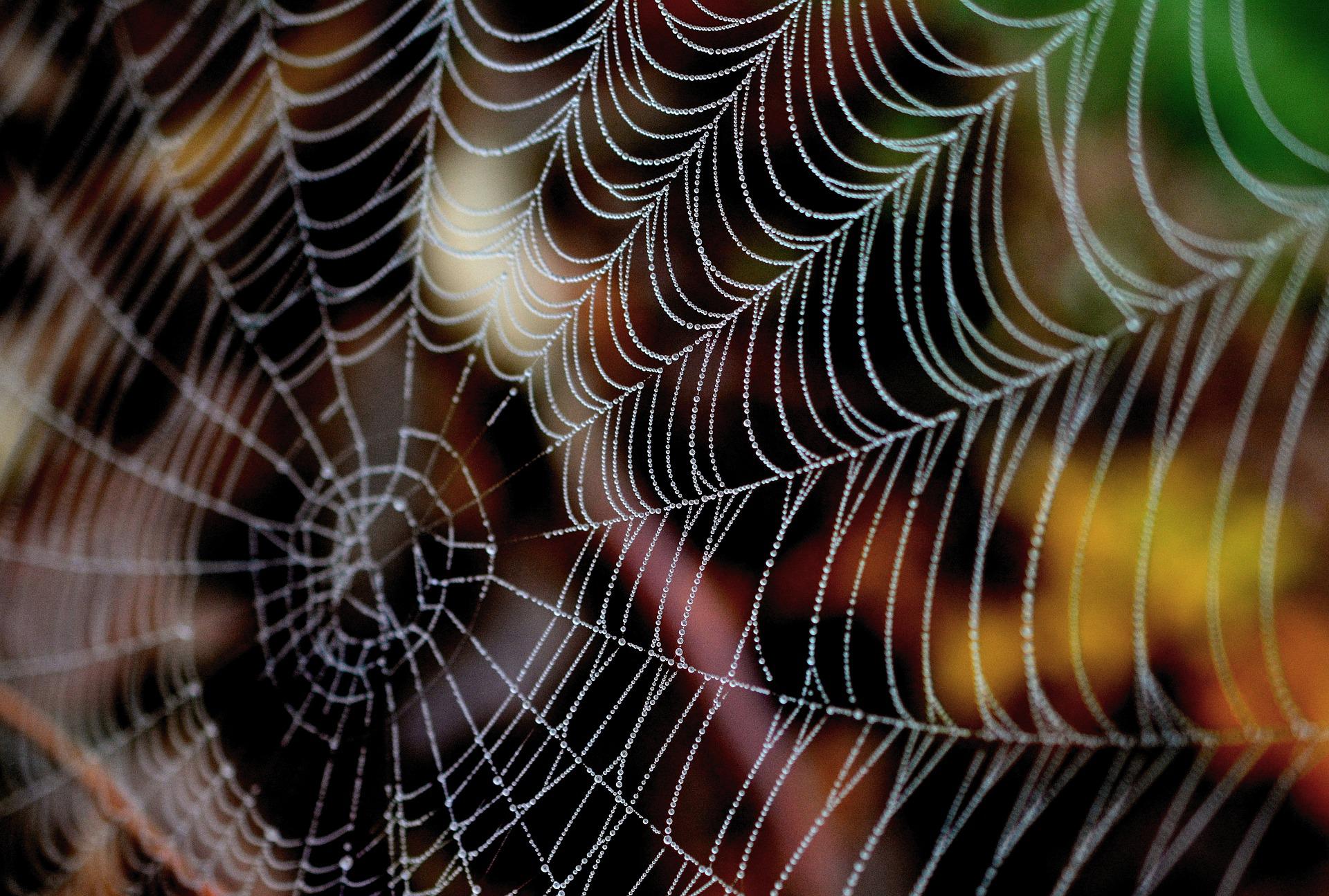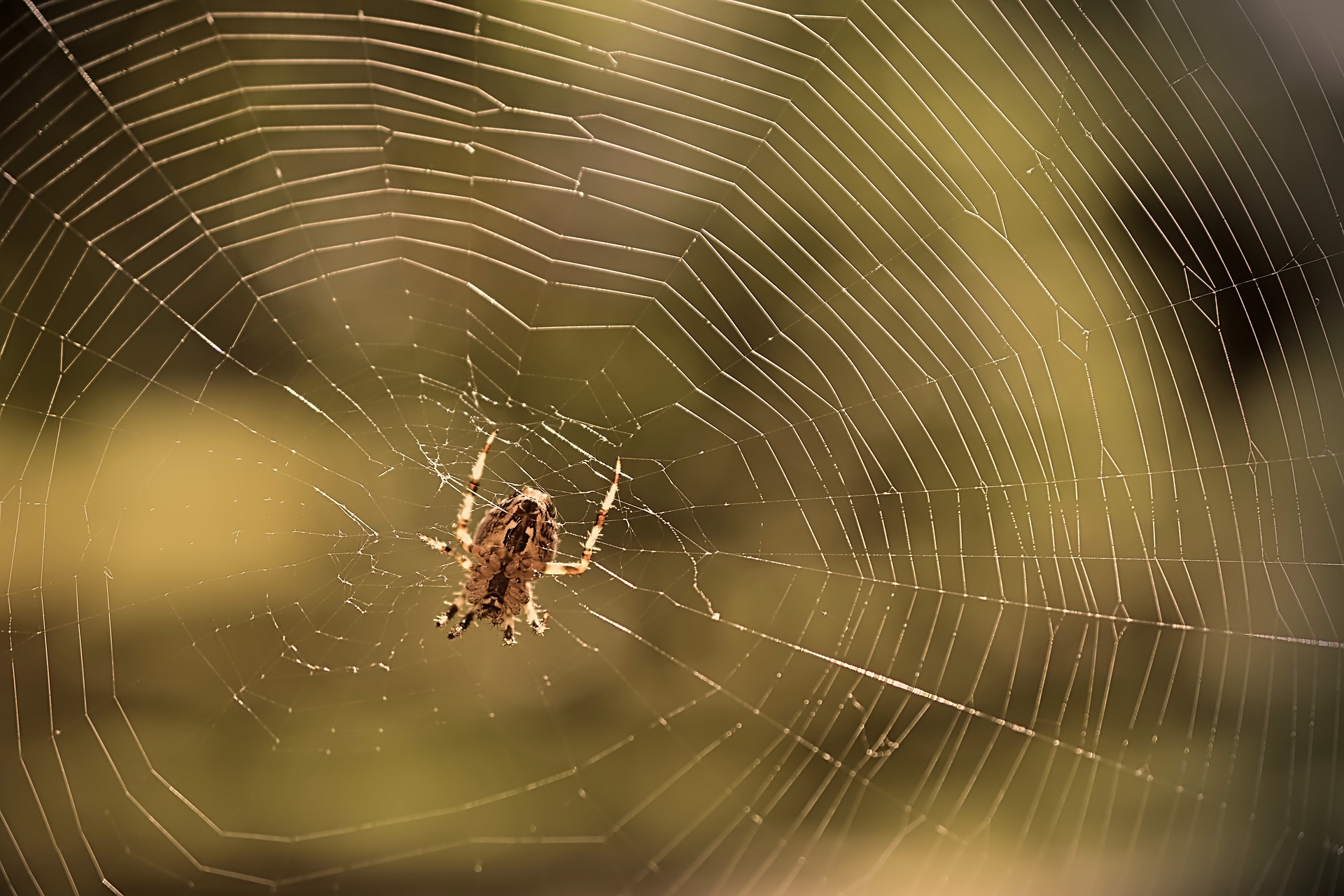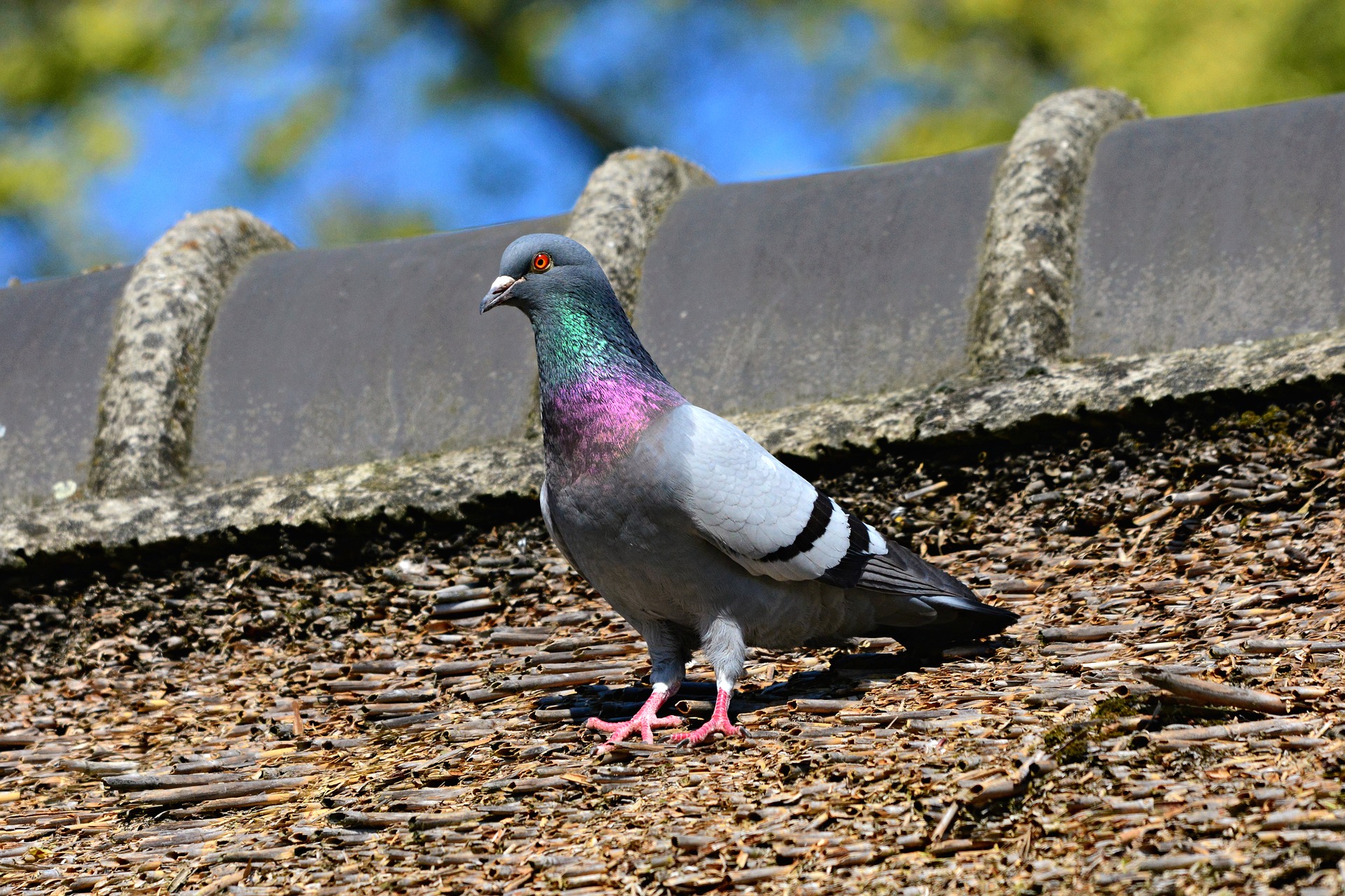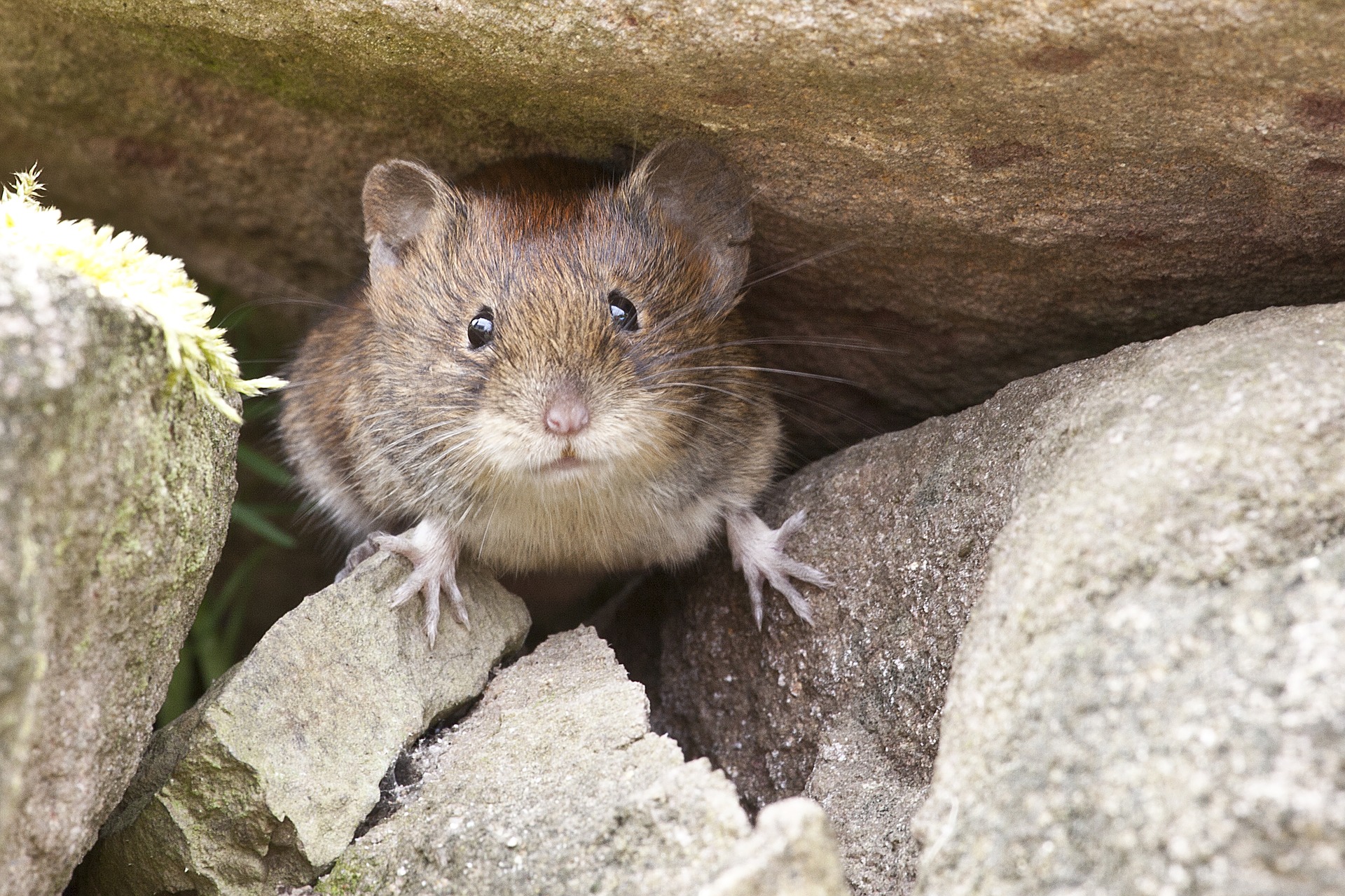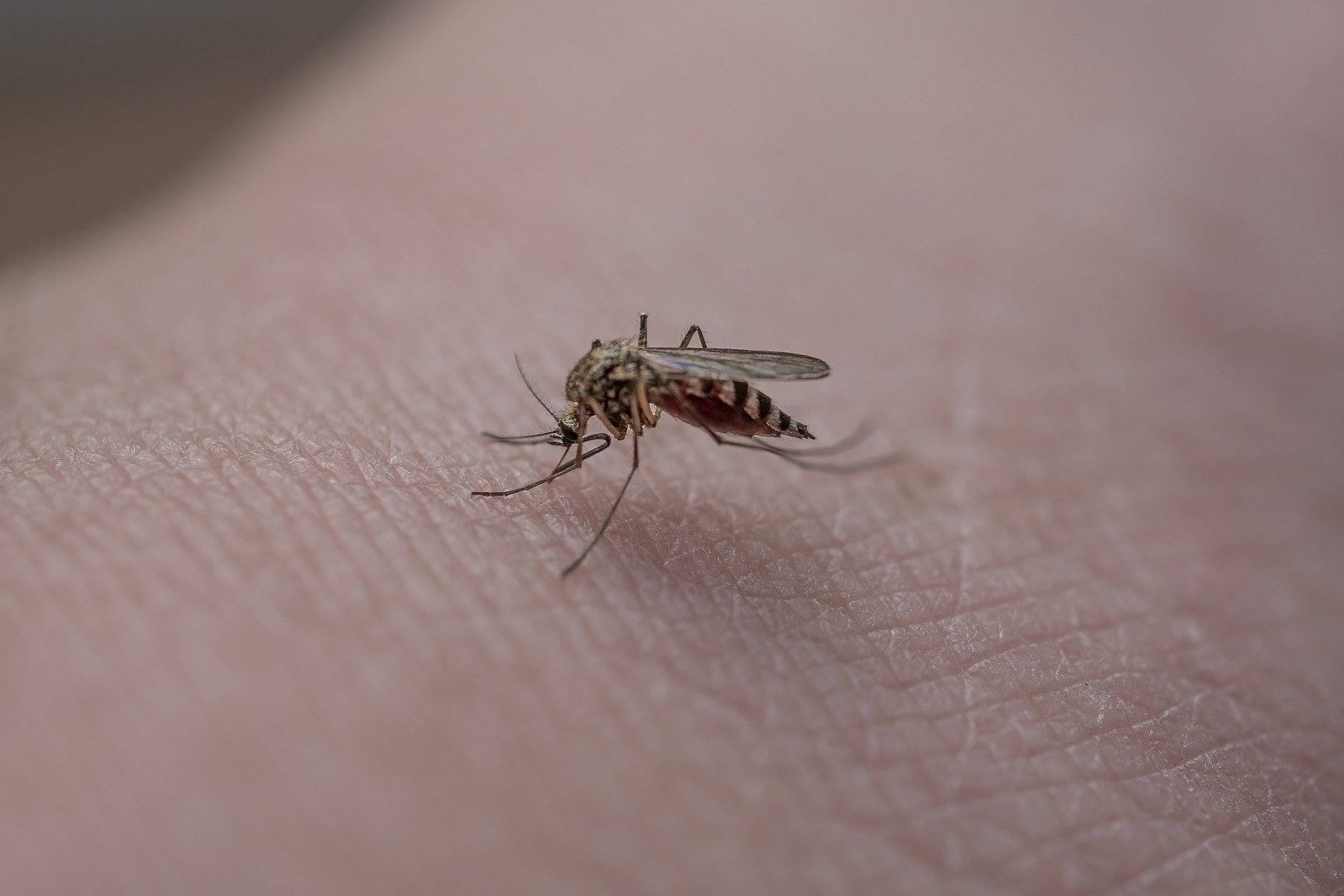Understanding the Enemy: Identifying Common Ant Species and Their Behavior
Ants are one of the most common household pests that can invade our homes, causing annoyance and potential damage. To effectively control and eliminate ant infestations, it is crucial to understand the enemy. There are several common ant species that homeowners may encounter, each with its behavior and preferences.
One common ant species is the Argentine ant (Linepithema humile), which is known for forming large colonies and being highly adaptable. These ants are attracted to sweet foods and can quickly infest kitchens and pantries. Another common species is the carpenter ant (Camponotus spp.), which can cause structural damage by excavating wood to build their nests. These ants are often attracted to moist or decaying wood.
The behavior of ants can vary depending on the species. Some ants, like the odorous house ant (Tapinoma sessile), release a foul odor when crushed, while others, like the fire ant (Solenopsis spp.), can deliver painful stings. Understanding the behavior and preferences of the ant species invading your home is essential for effective ant control.
Natural Remedies: Safe and Eco-Friendly DIY Ant Control Solutions
For those who prefer eco-friendly and safe alternatives to chemical pesticides, natural remedies can be highly effective in controlling ant infestations. One popular natural remedy is using vinegar. Ants dislike the strong smell of vinegar, so spraying a mixture of equal parts vinegar and water along ant trails and entry points can deter them from entering your home.
Another natural remedy is using essential oils. Peppermint oil, for example, has been found to repel ants due to its strong scent. Simply mix a few drops of peppermint oil with water and spray it in areas where ants are commonly seen. Other essential oils such as tea tree oil, lemon oil, or eucalyptus oil can also be effective in repelling ants.
Diatomaceous earth is another natural remedy that can be used to control ants. This powdery substance is made from fossilized remains of diatoms and acts as a desiccant, drying out the exoskeleton of ants and causing them to die. Sprinkle diatomaceous earth in areas where ants are present, such as along ant trails or near entry points.
Homemade Ant Baits: Simple Recipes to Eliminate Ant Infestations
Homemade ant baits can be an effective way to eliminate ant infestations by targeting the entire colony. One popular homemade ant bait recipe involves mixing equal parts borax and powdered sugar. The sugar attracts the ants, while the borax acts as a slow-acting poison that is carried back to the colony, eventually eliminating the entire ant population.
To make the bait, mix one tablespoon of borax and one tablespoon of powdered sugar in a small container. Add a few drops of water to create a paste-like consistency. Place small amounts of the bait near ant trails or entry points, ensuring it is out of reach of children and pets. The ants will be attracted to the sweet bait and carry it back to the colony, effectively eliminating the infestation.
Another homemade ant bait recipe involves using a mixture of honey and boric acid. Mix one teaspoon of boric acid with three tablespoons of honey to create a sticky bait. Place small amounts of the bait in areas where ants are commonly seen. The ants will be attracted to the sweet honey and carry it back to the colony, leading to their demise.
Preventive Measures: Tips and Tricks to Keep Ants at Bay
Prevention is key when it comes to keeping ants at bay. By implementing a few simple measures, homeowners can reduce the likelihood of ant infestations. One important preventive measure is to keep the house clean and free of food debris. Regularly sweep and mop floors, wipe down countertops, and promptly clean up spills. By eliminating potential food sources, ants will be less likely to invade your home.
Sealing off entry points is another effective preventive measure. Ants can enter through tiny cracks and gaps in windows, doors, and walls. Use caulk or weatherstripping to seal these entry points and prevent ants from finding their way inside. Additionally, keeping vegetation trimmed away from the house can help deter ants from using plants as bridges to access your home.
Another preventive measure is to store food properly. Ants are attracted to food sources, so keeping food in airtight containers can prevent them from being enticed into your pantry. Additionally, regularly emptying and cleaning trash cans can eliminate potential food sources for ants.
In conclusion, DIY ant control can be an effective and eco-friendly way to eliminate ant infestations. By understanding the behavior of common ant species, using natural remedies, creating homemade ant baits, and implementing preventive measures, homeowners can successfully keep ants at bay. Remember, persistence is key when dealing with ant infestations, and it may take time and multiple approaches to achieve long-term ant control.

